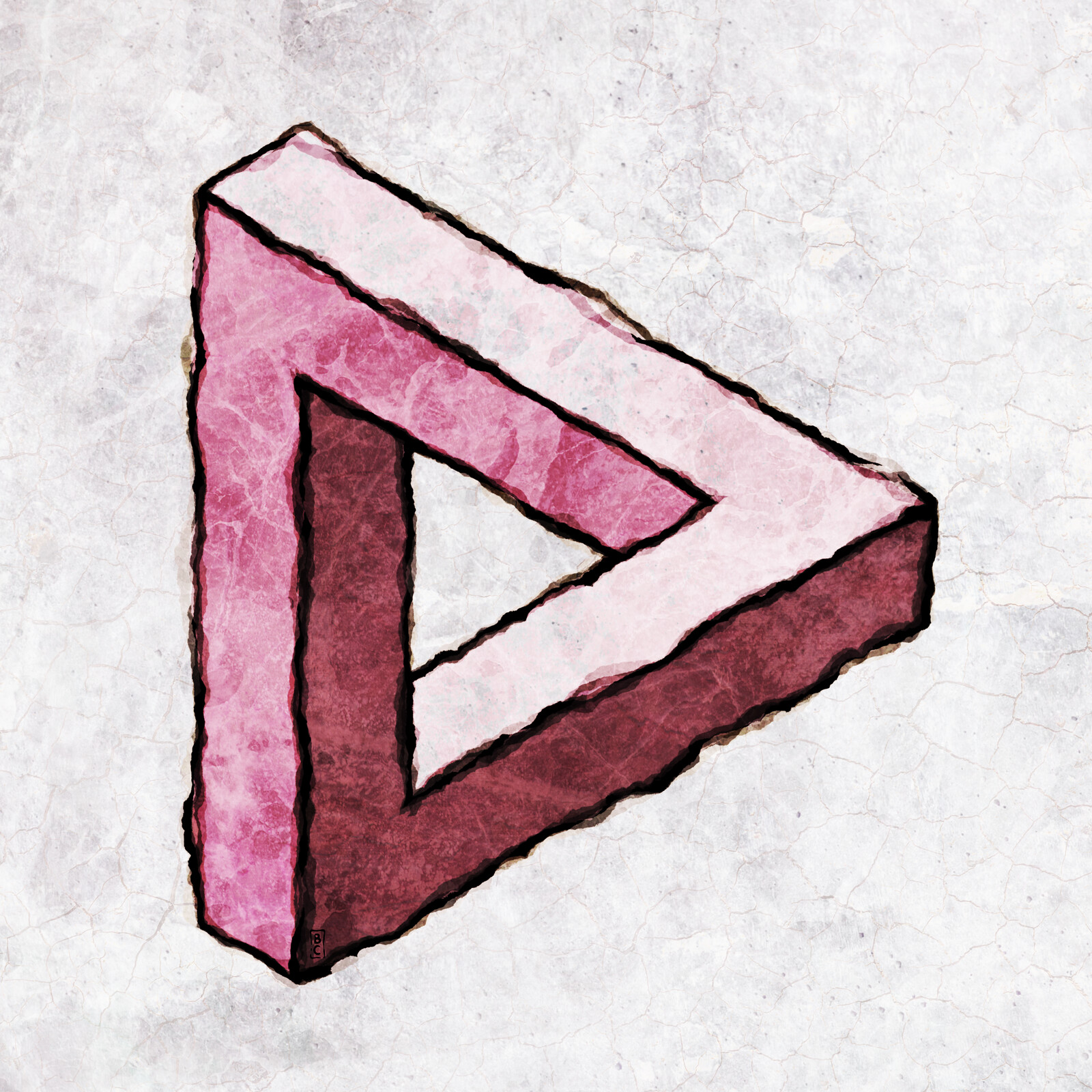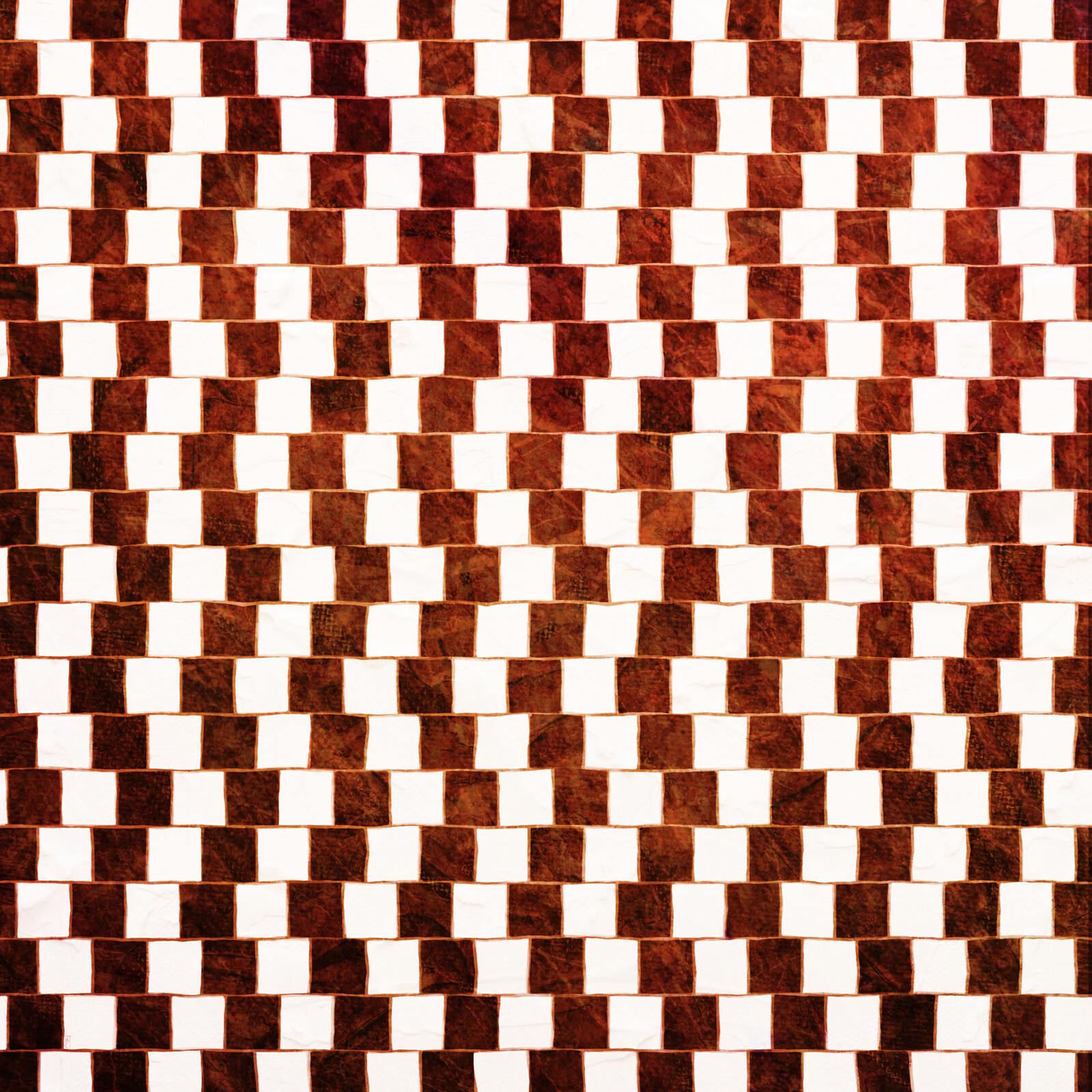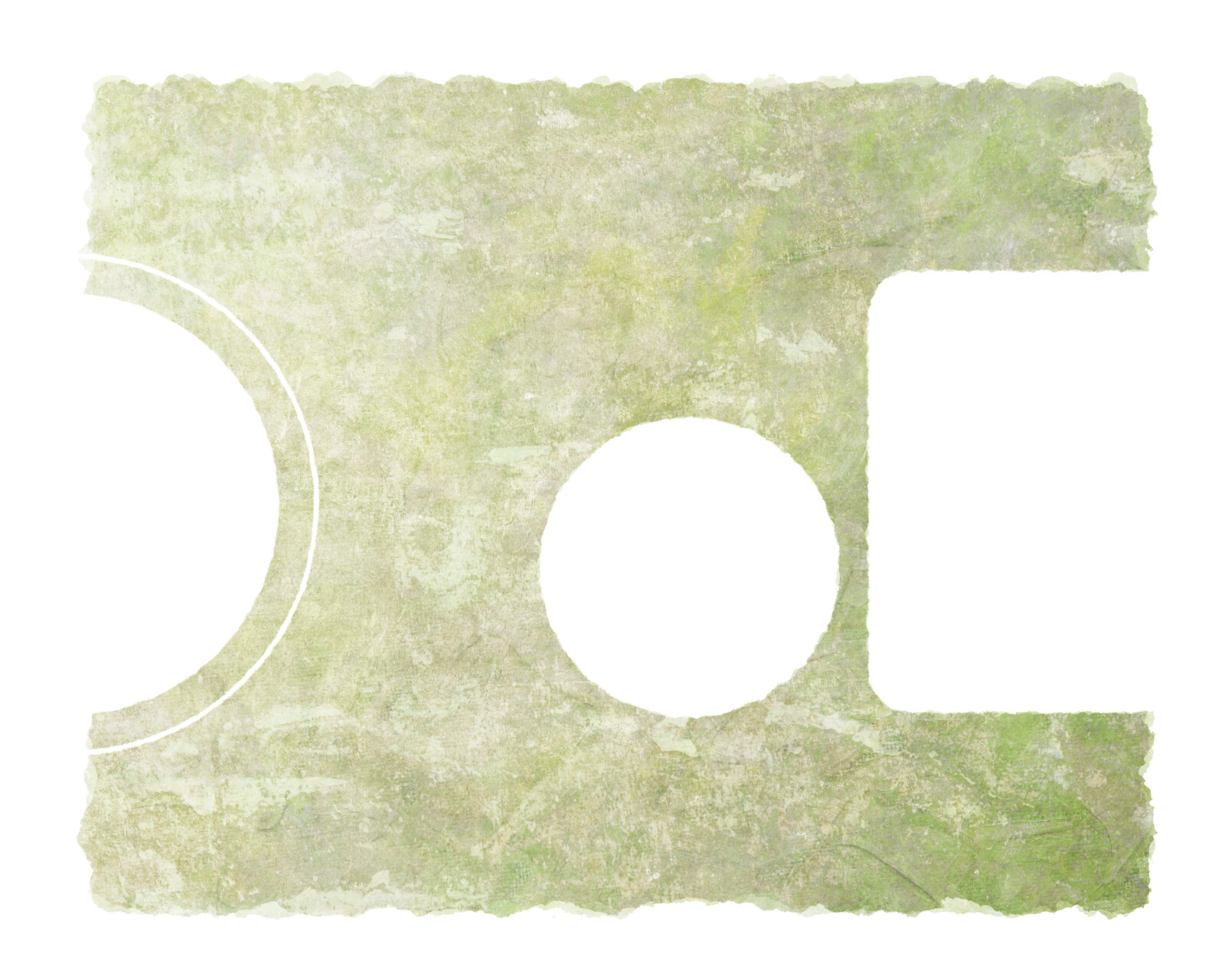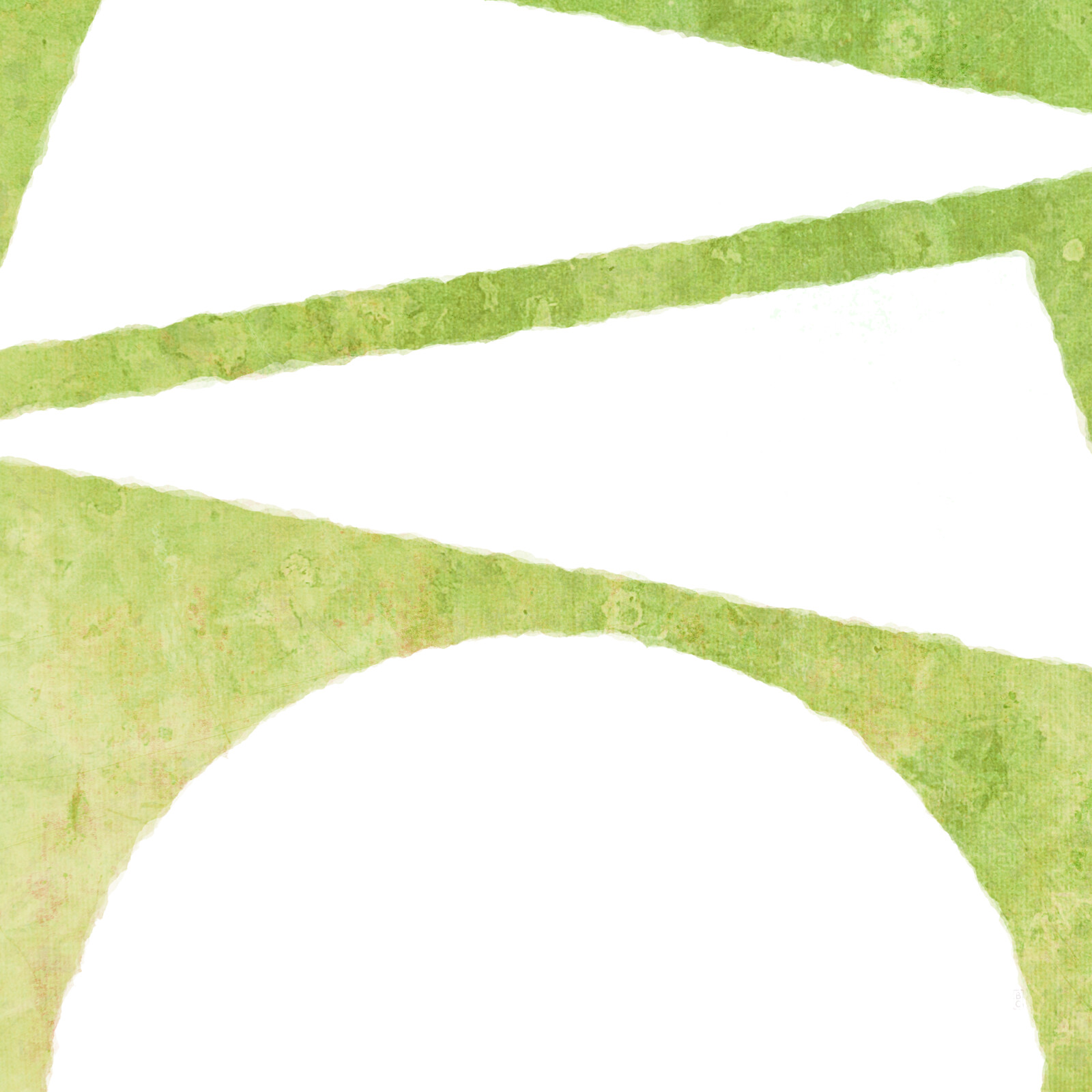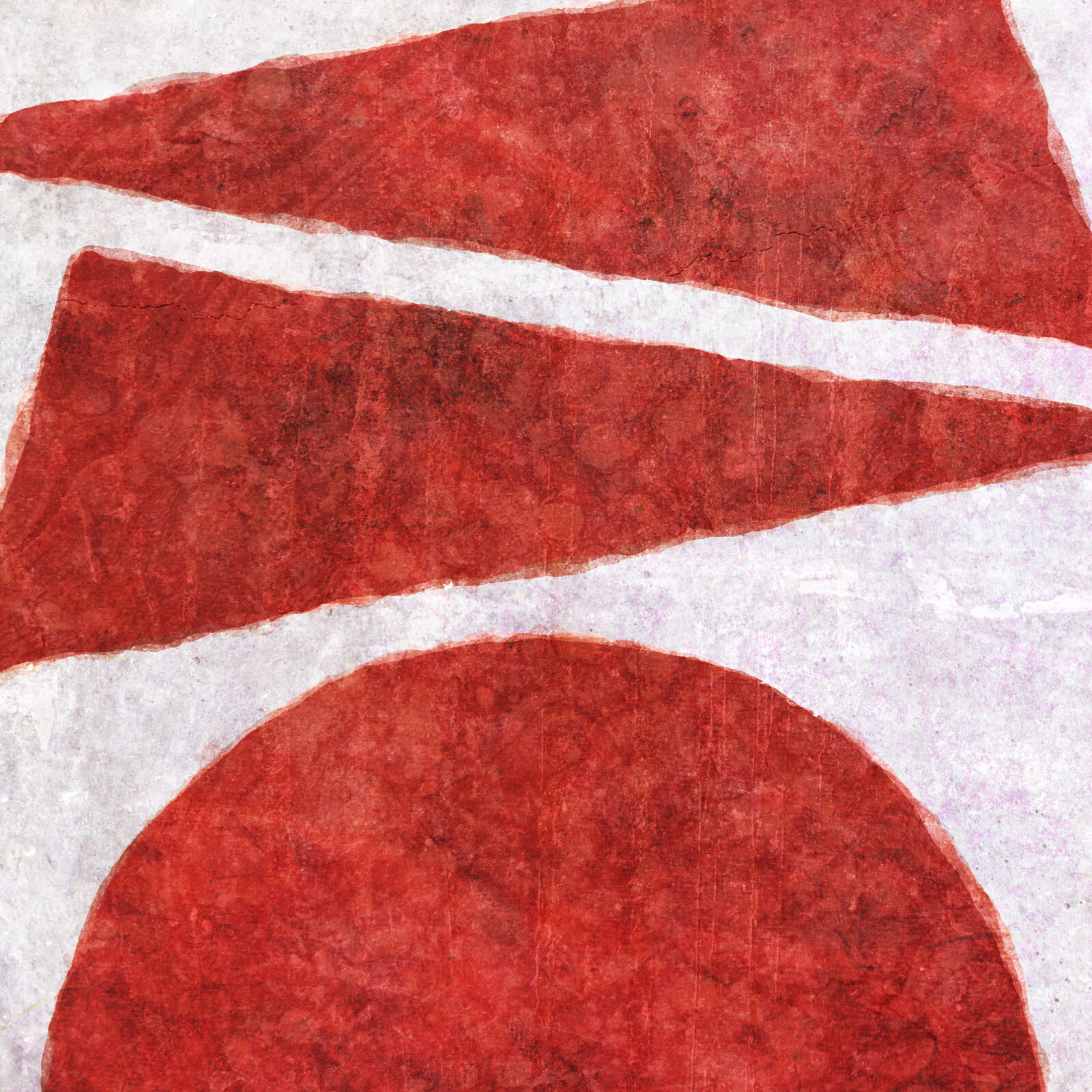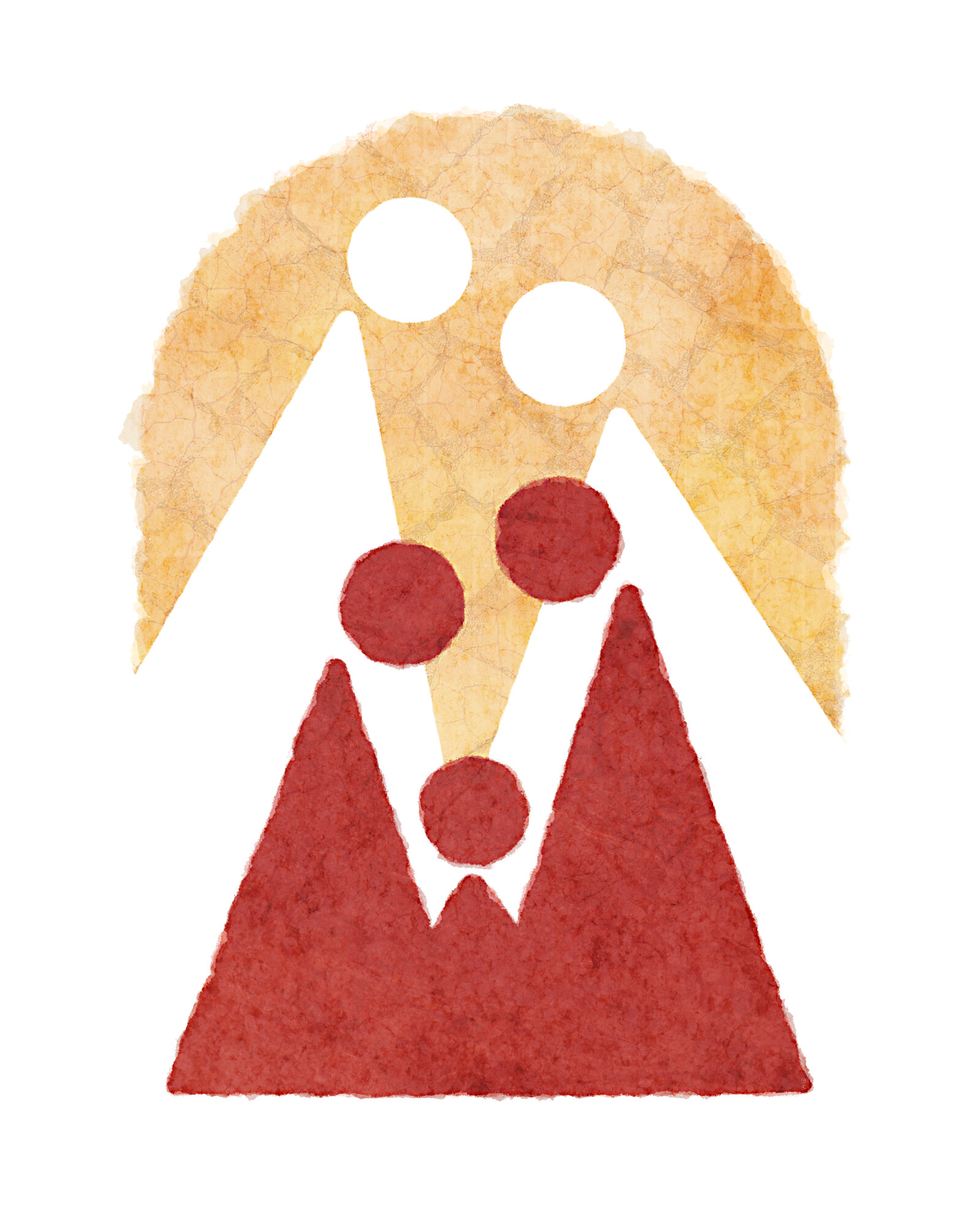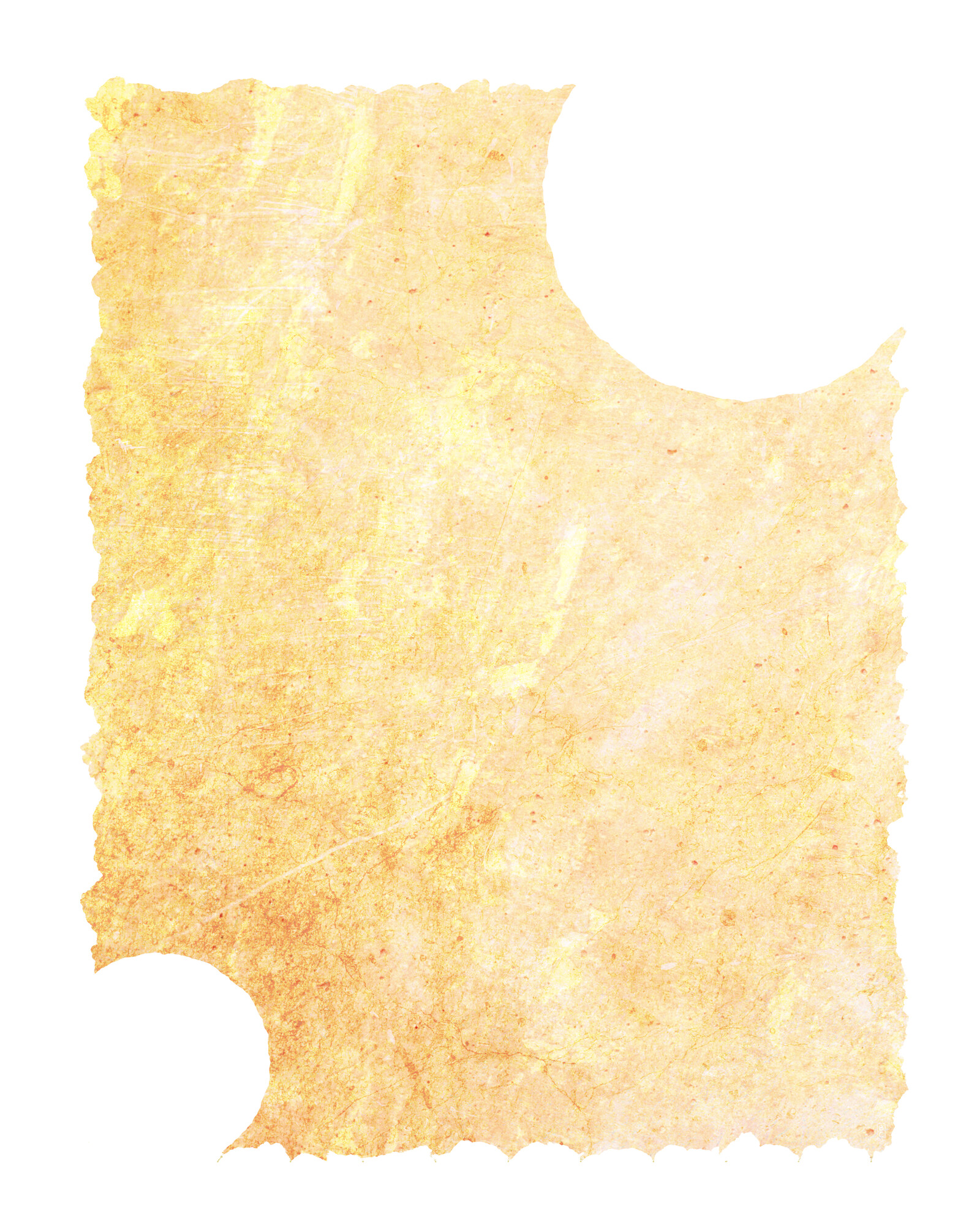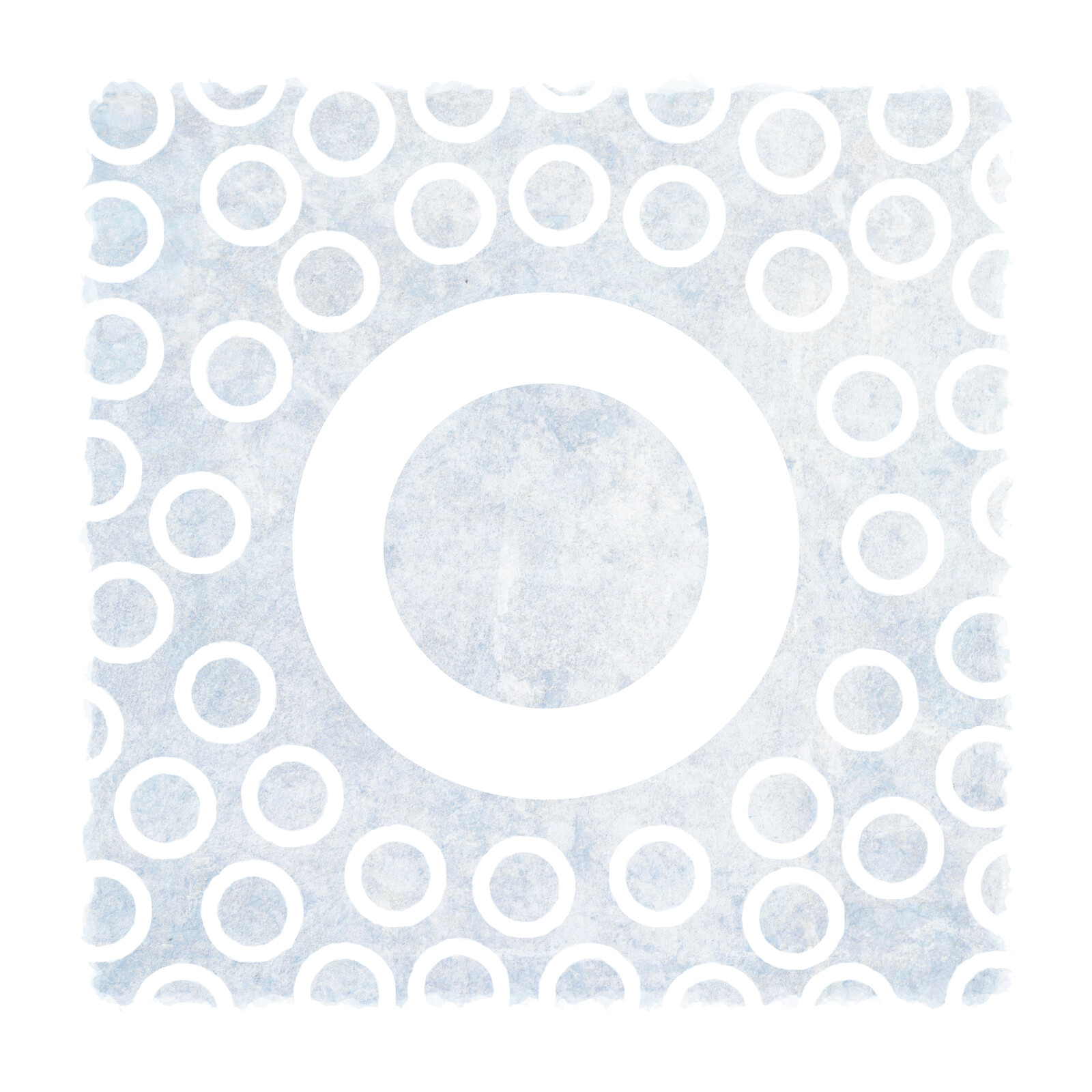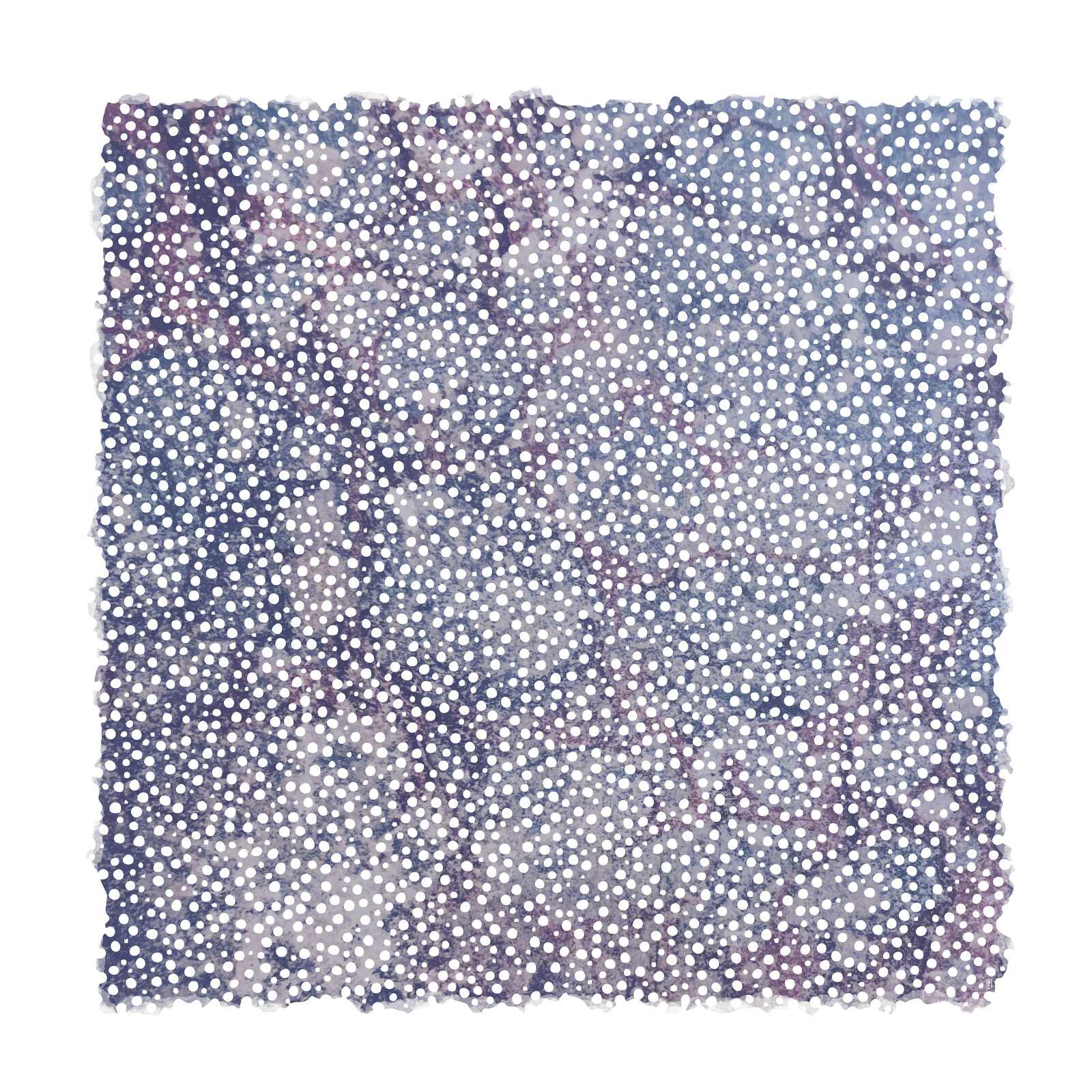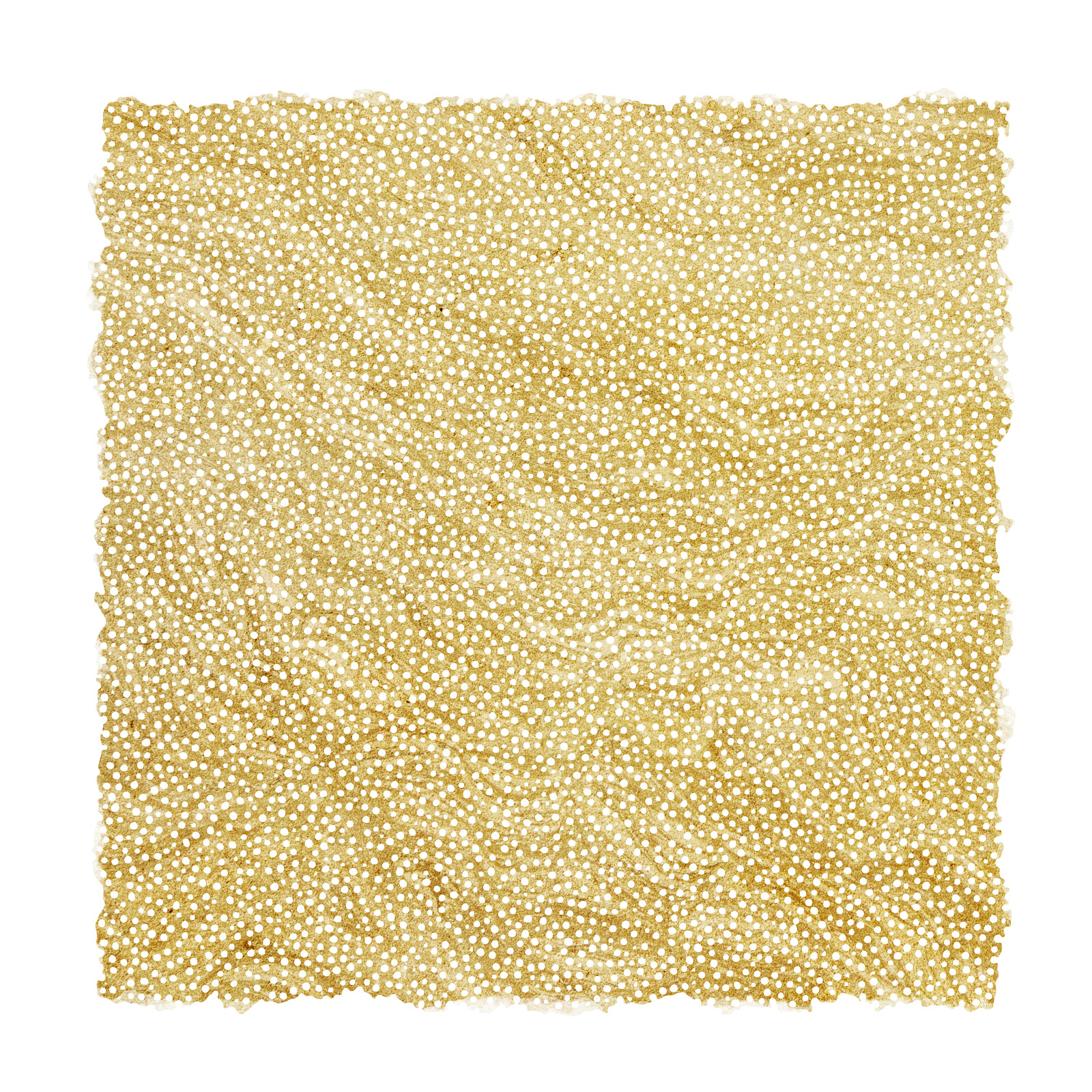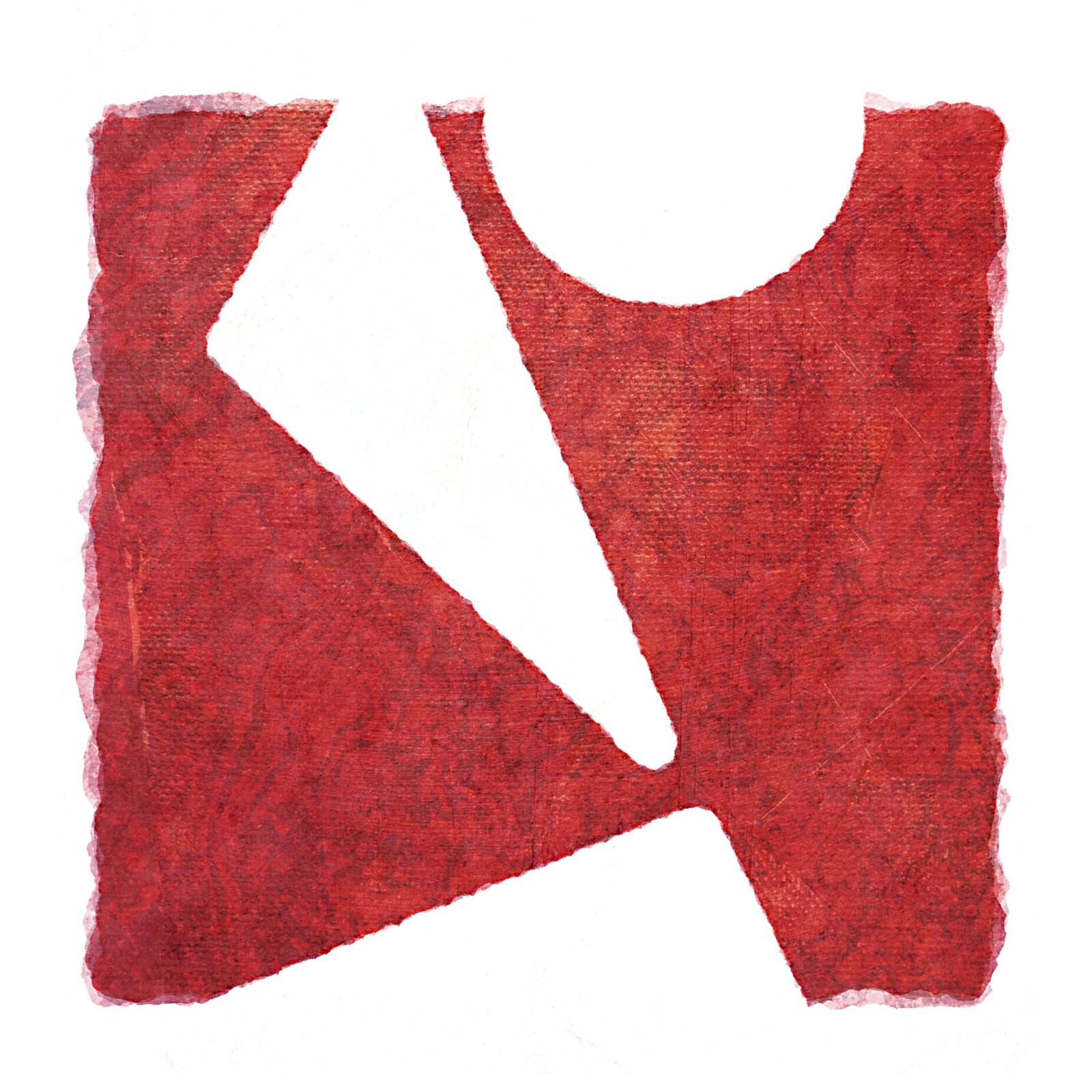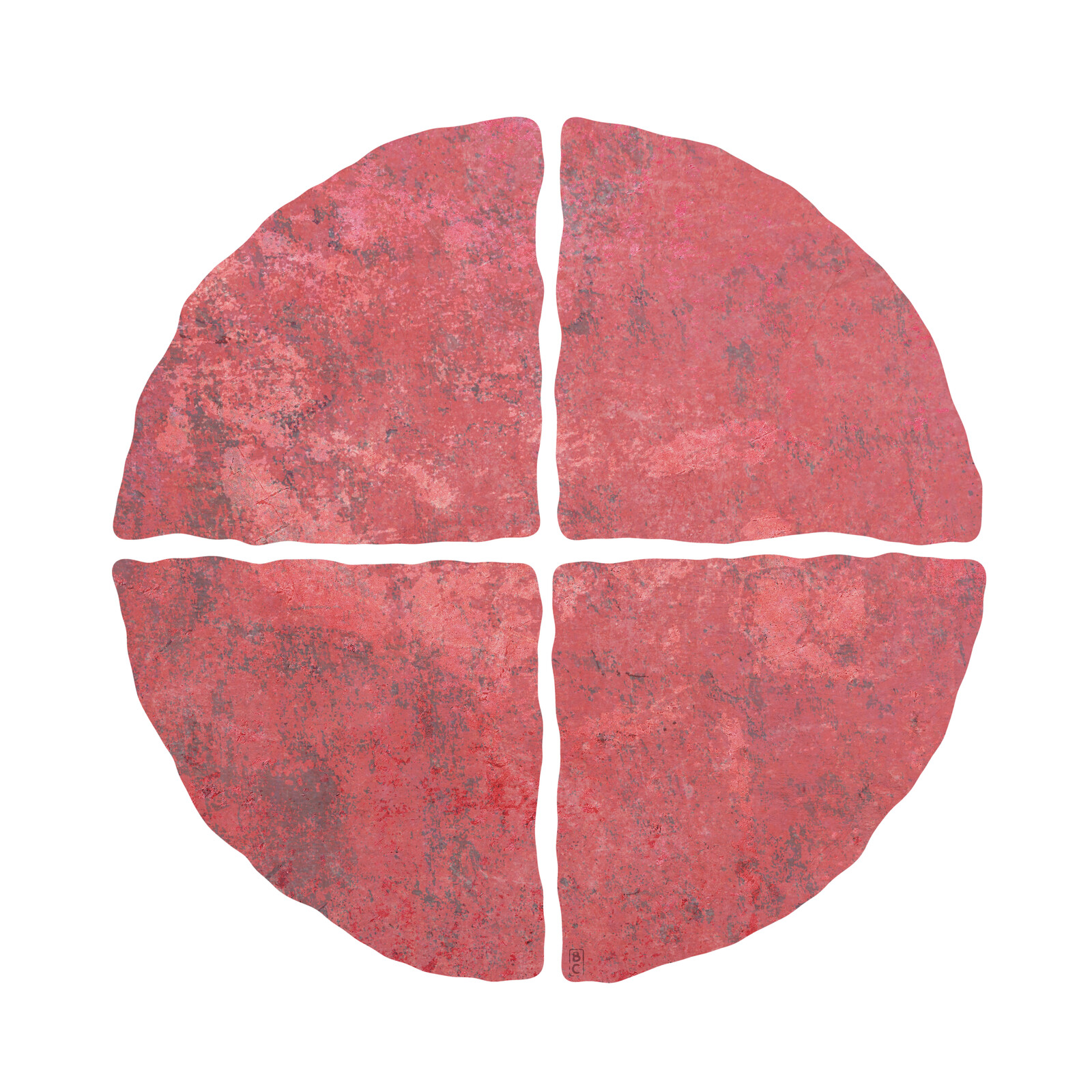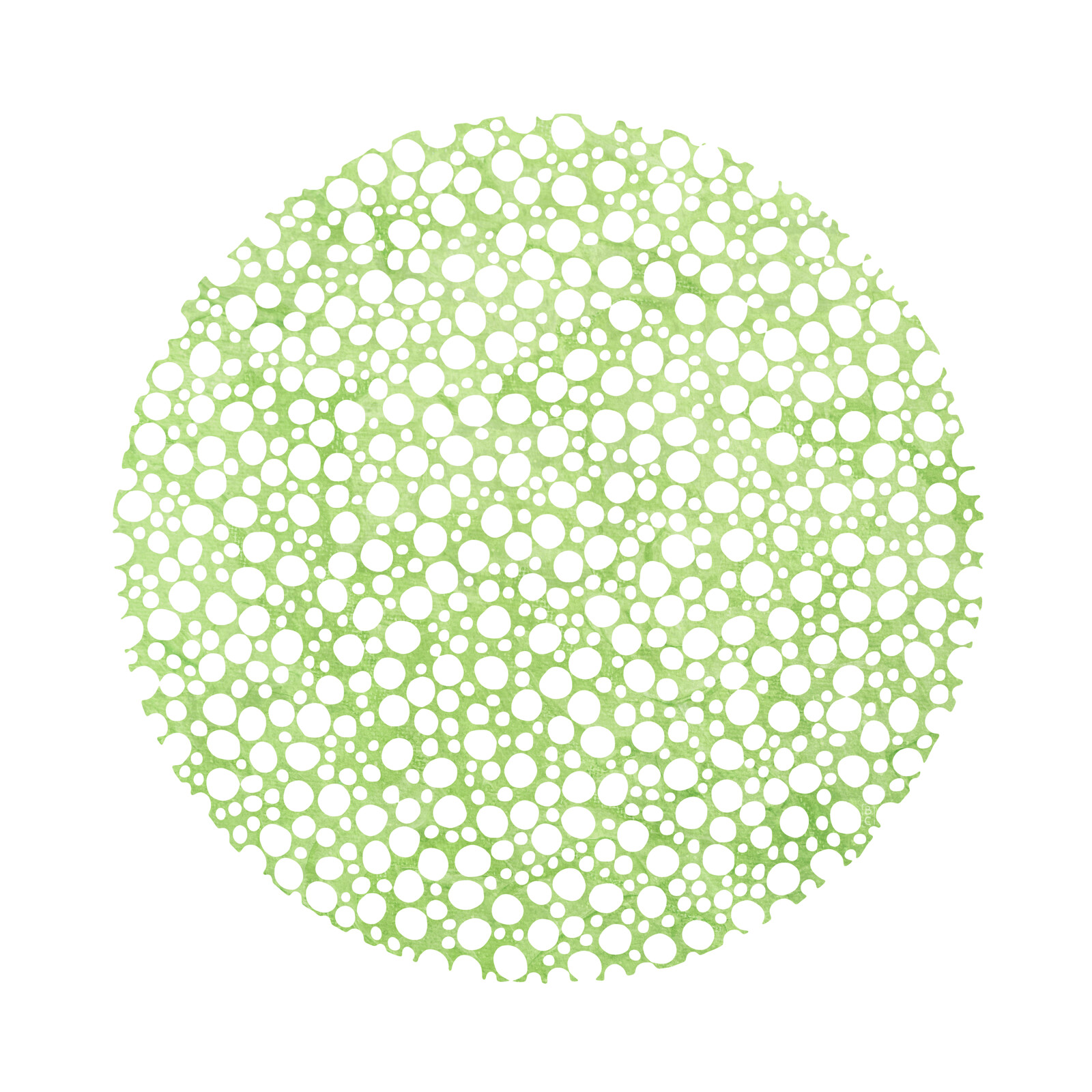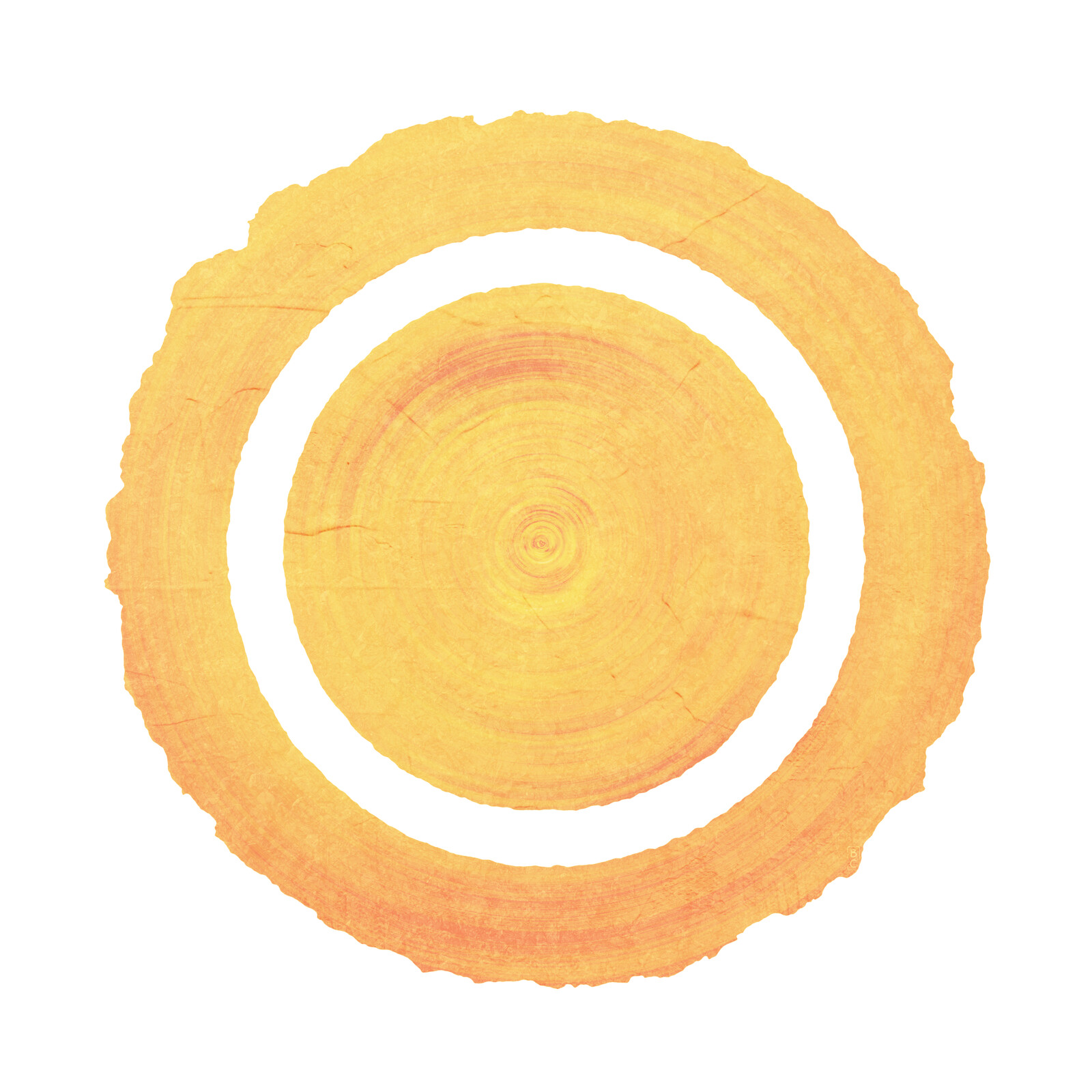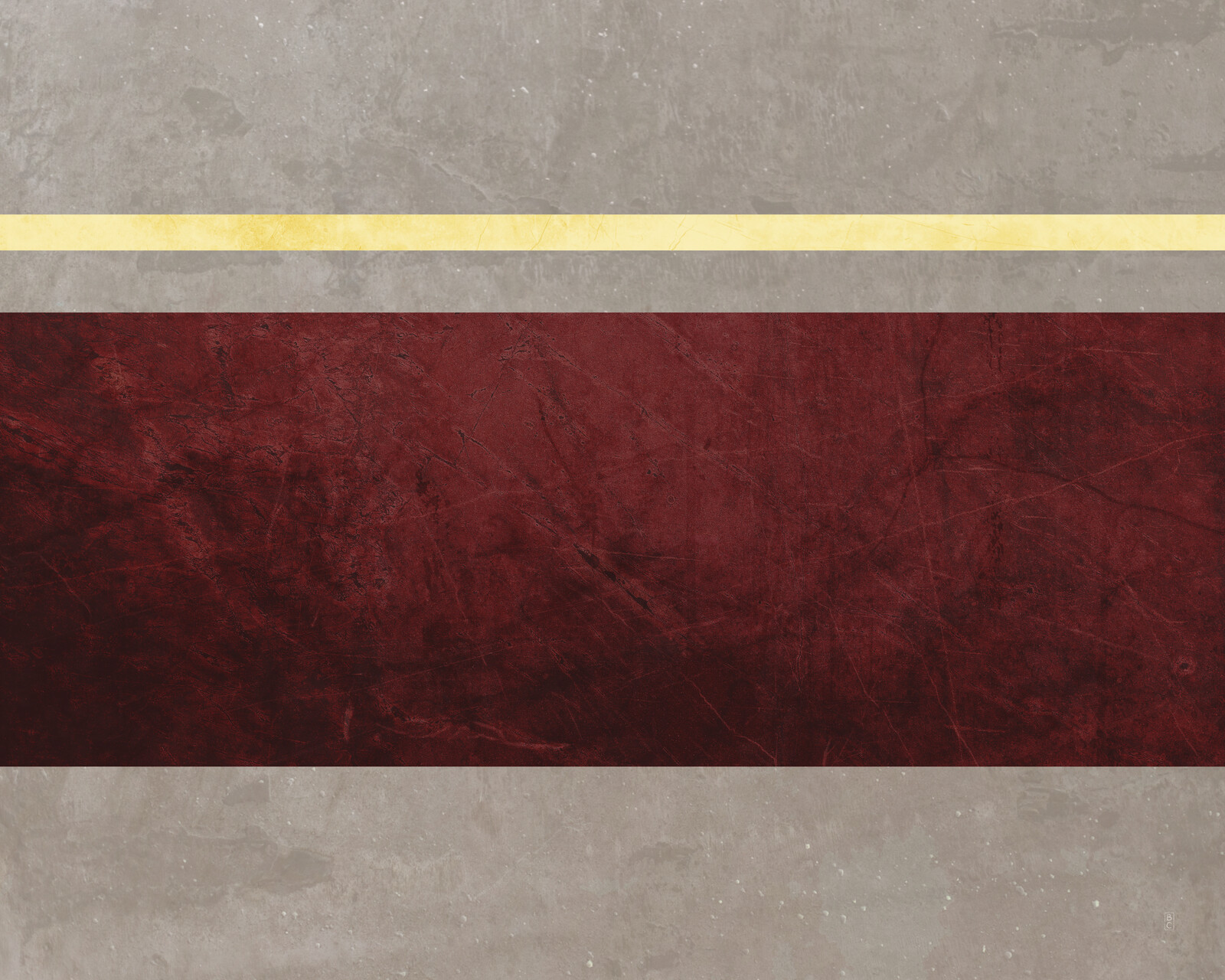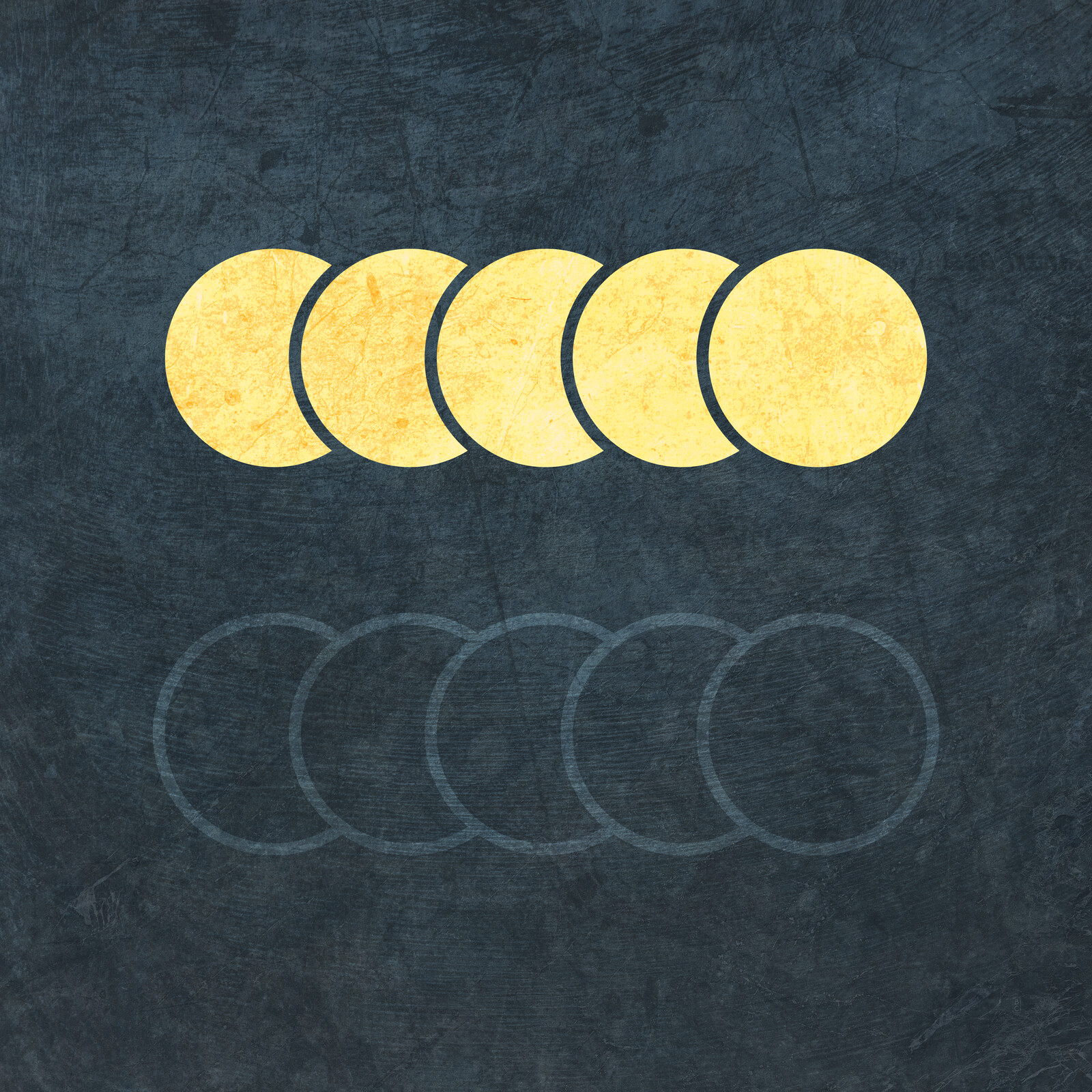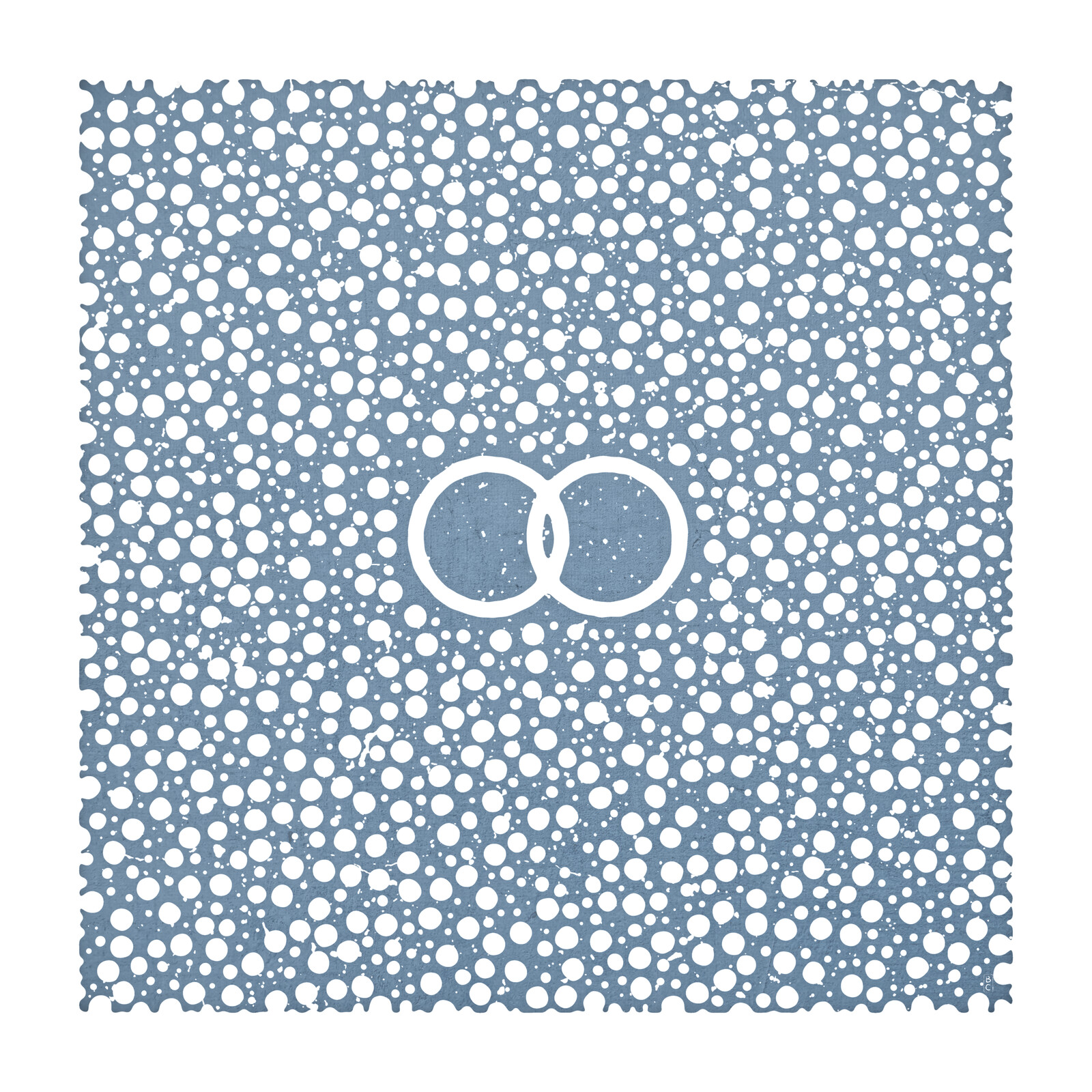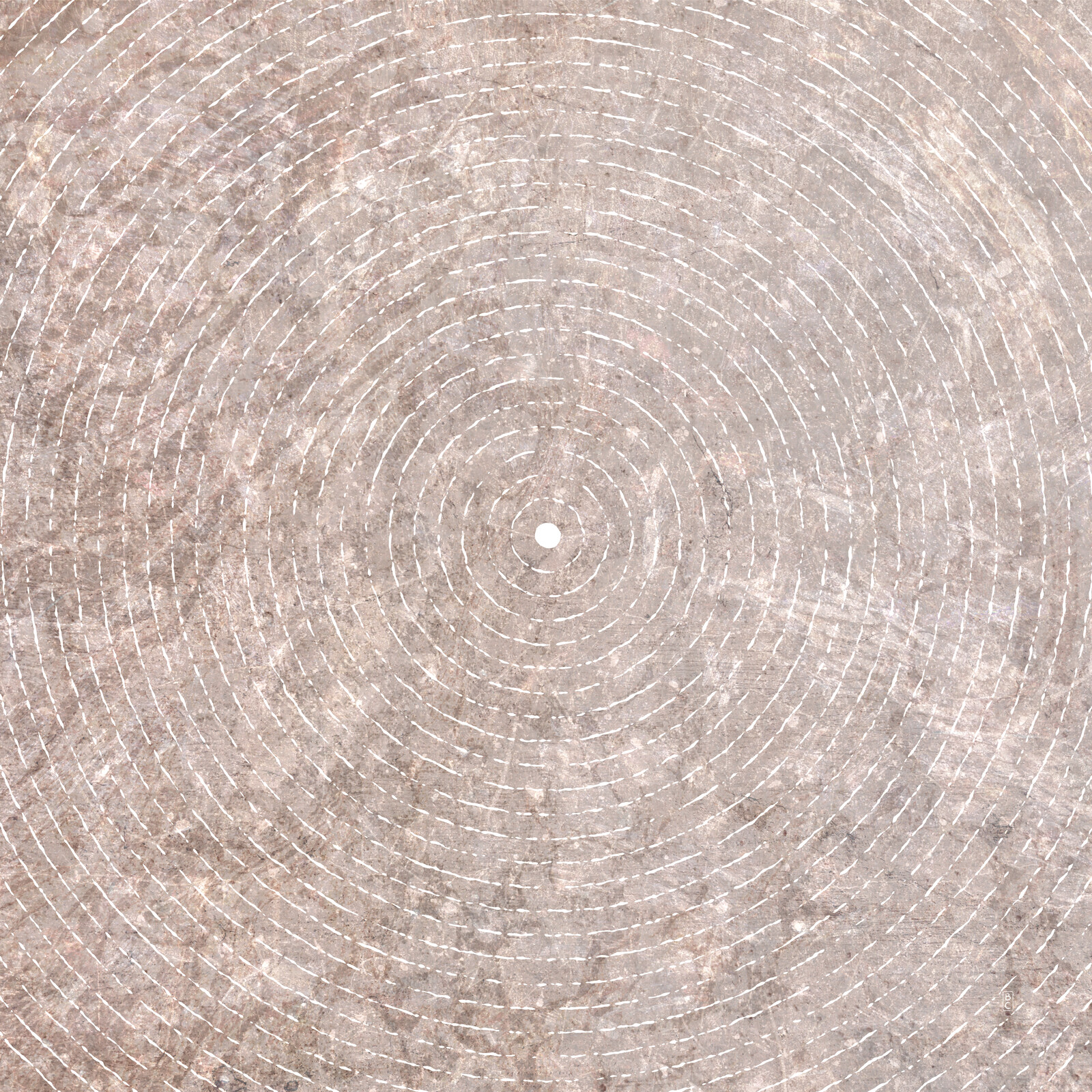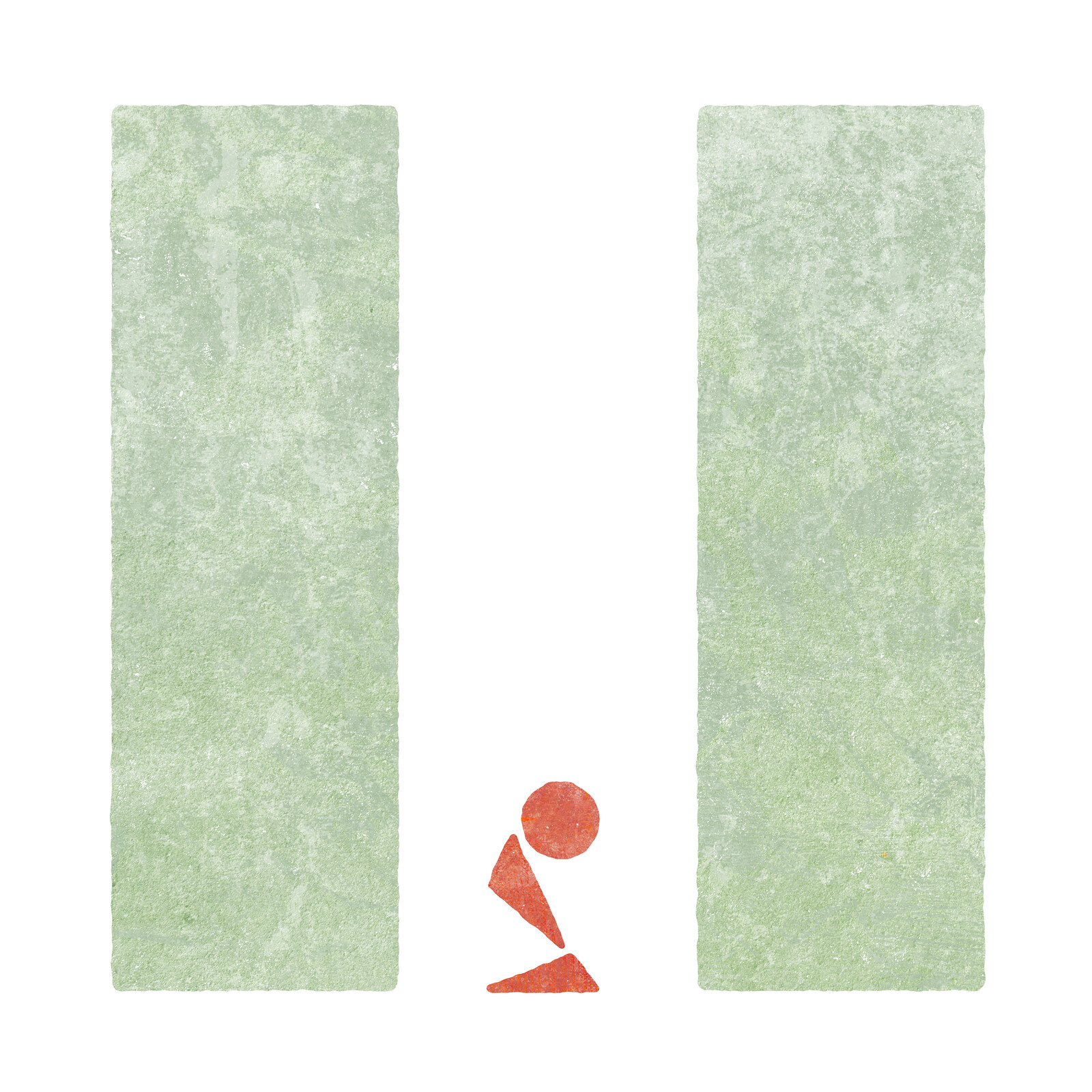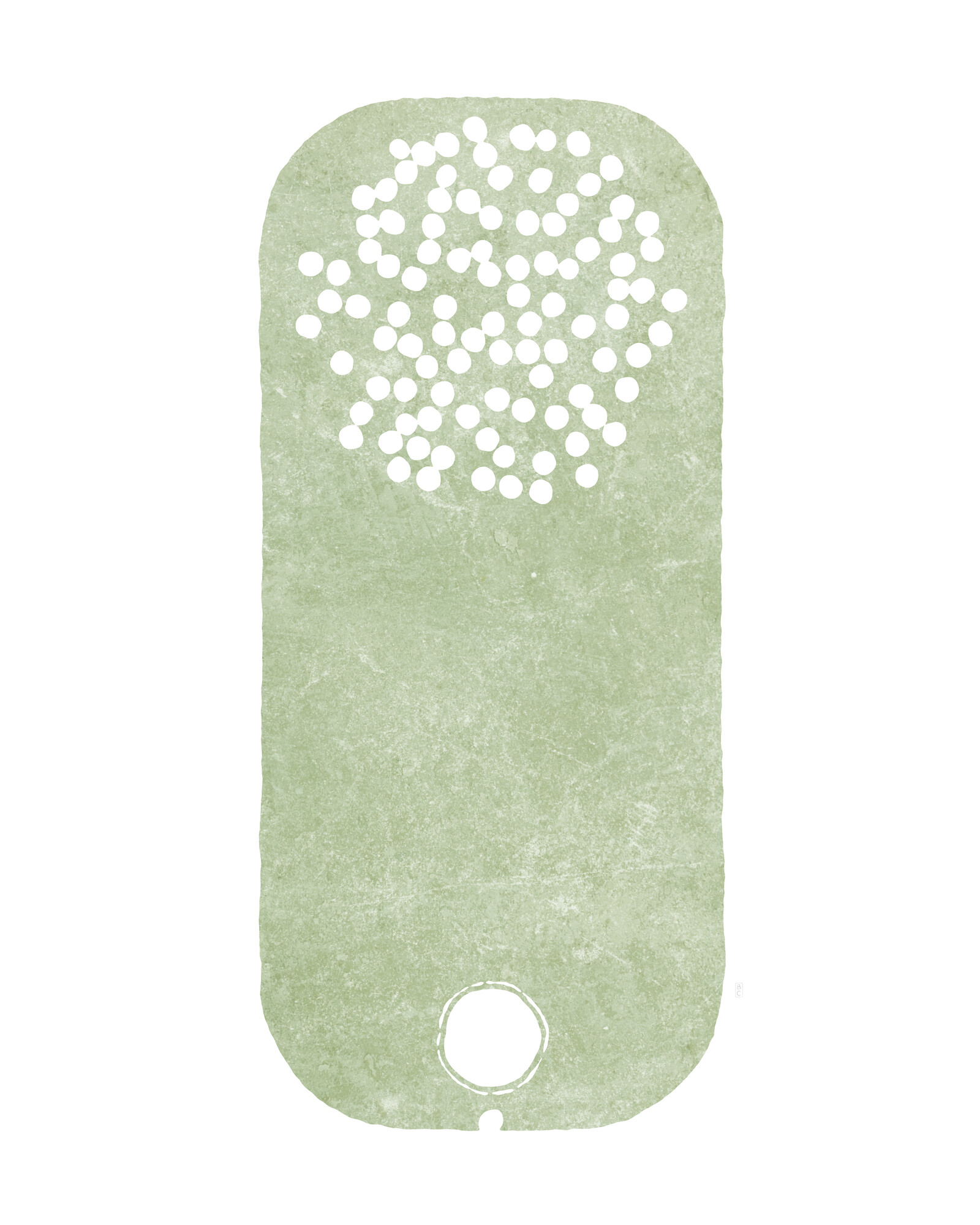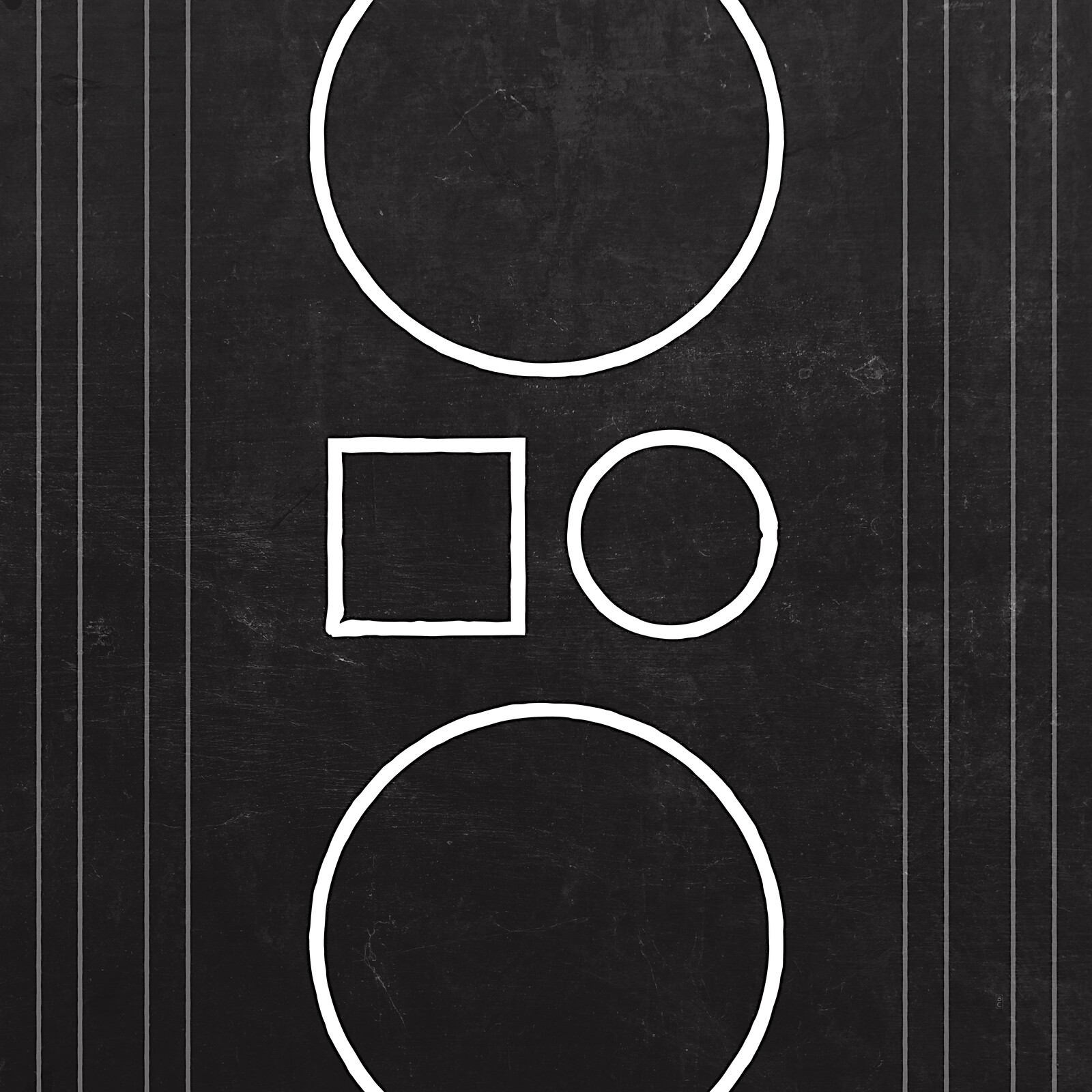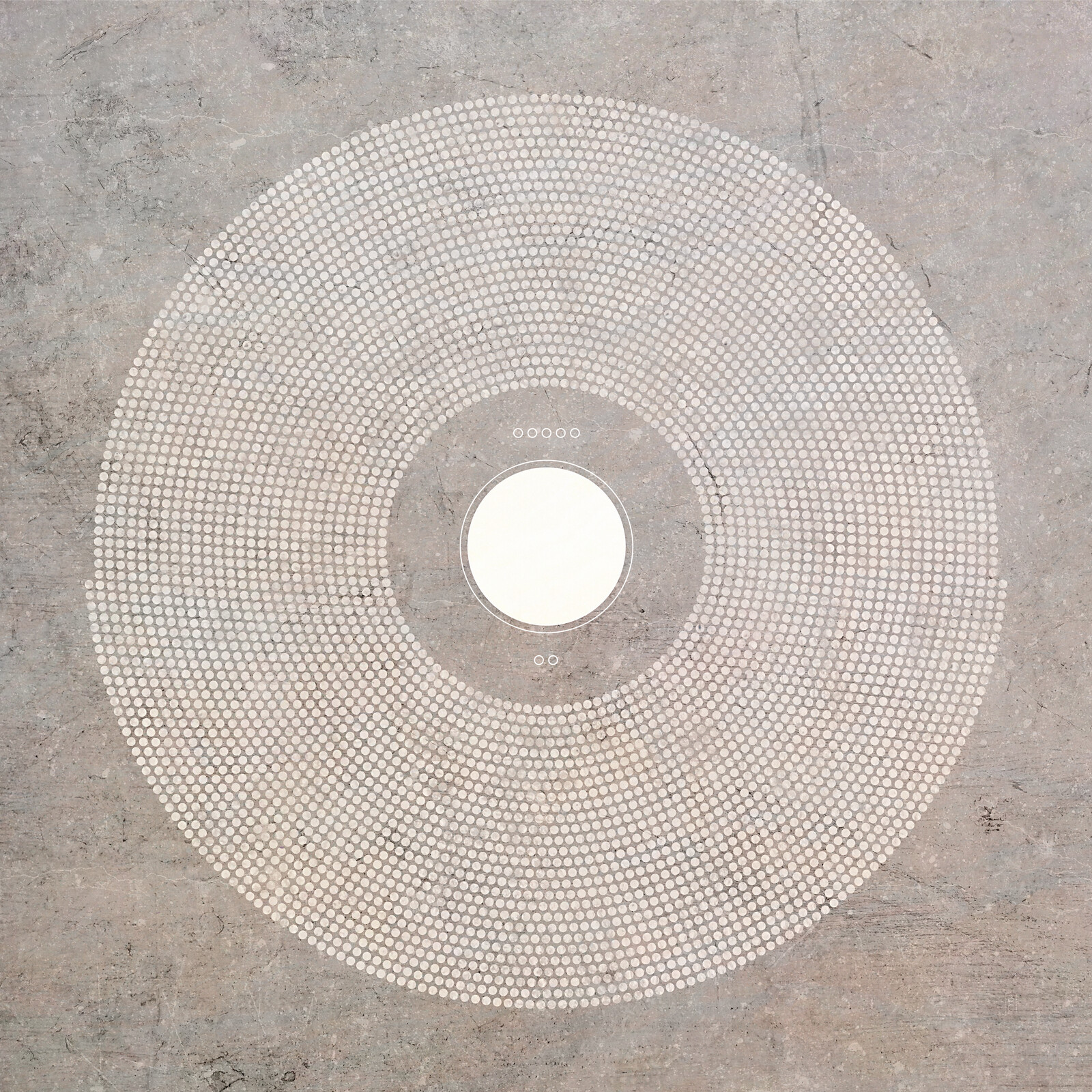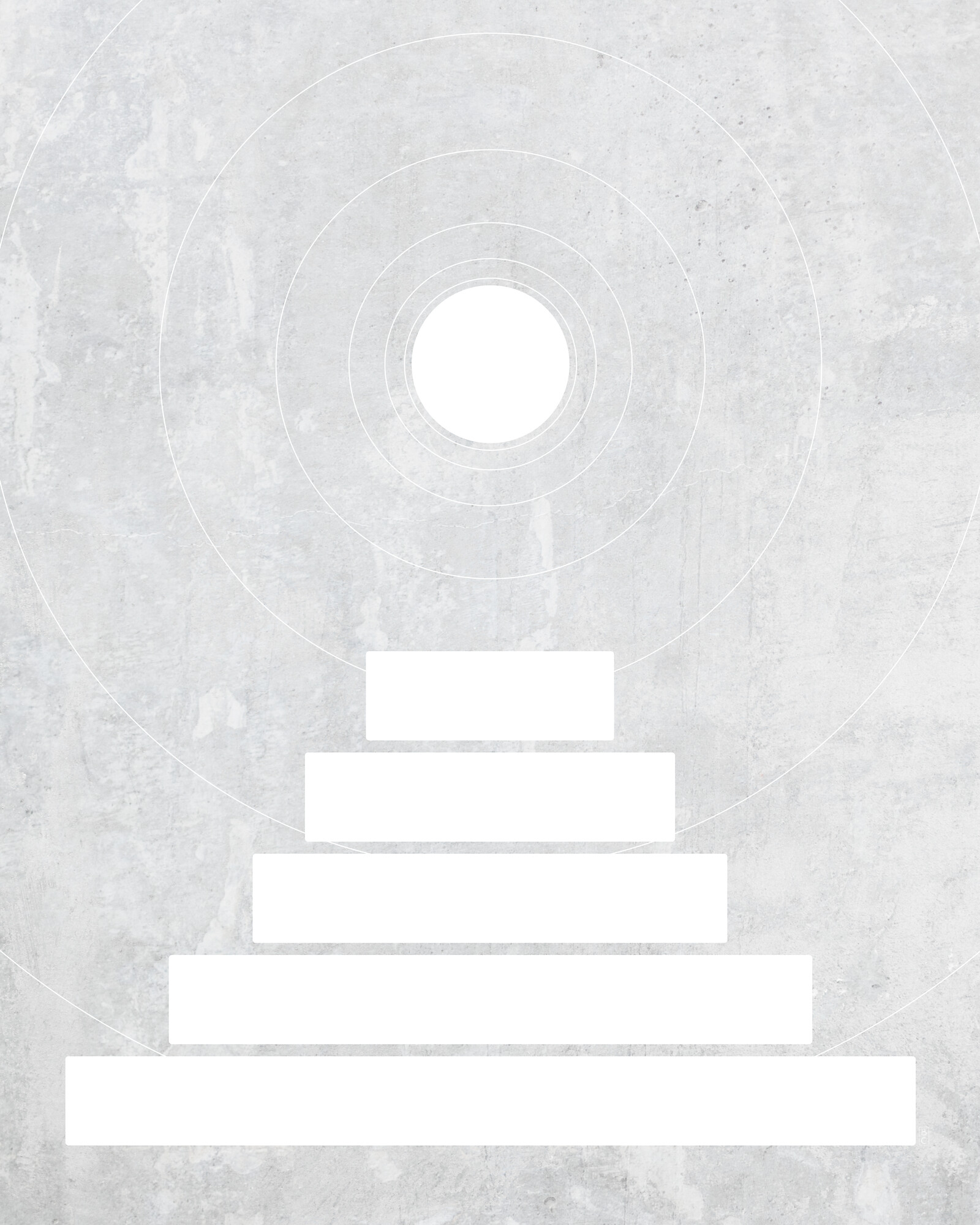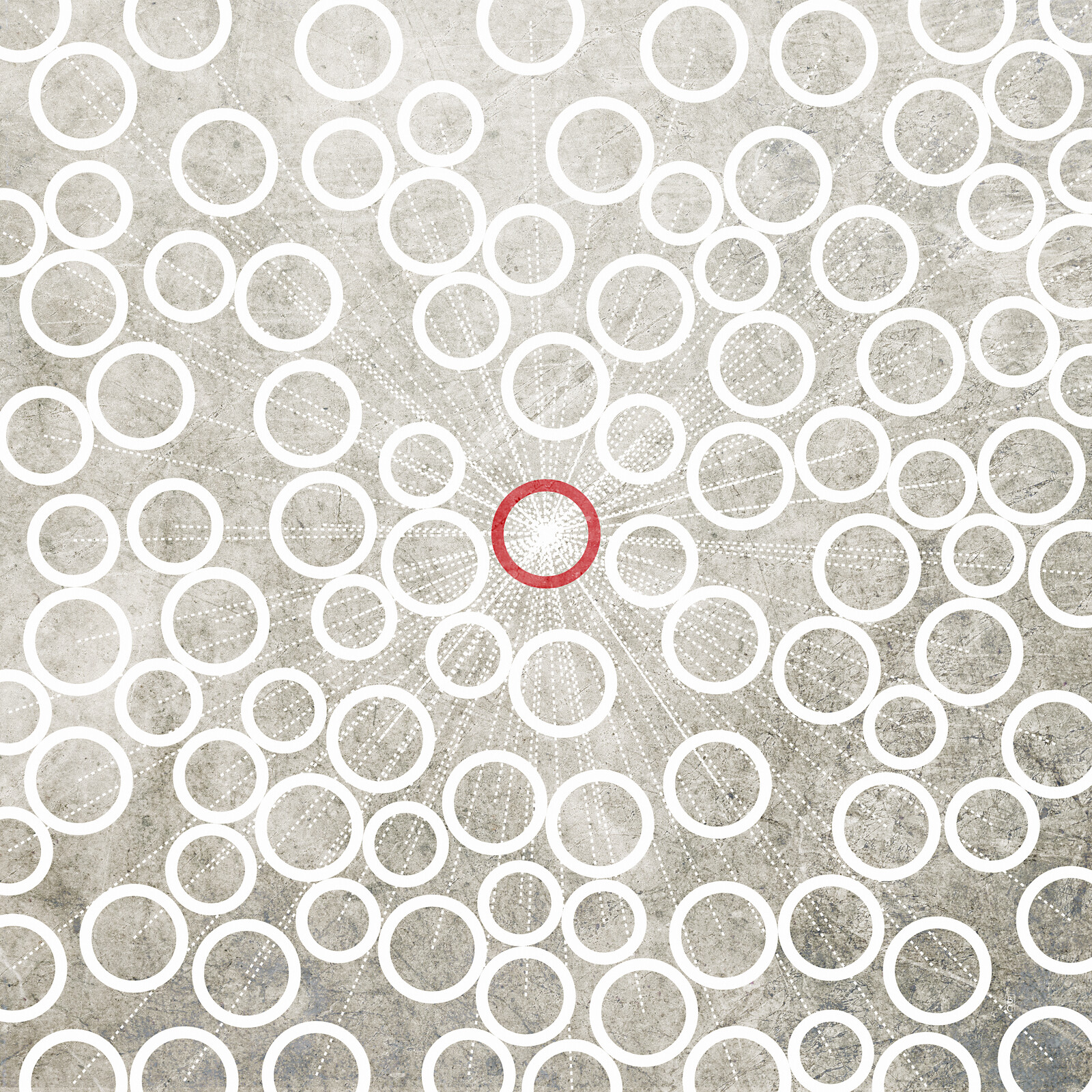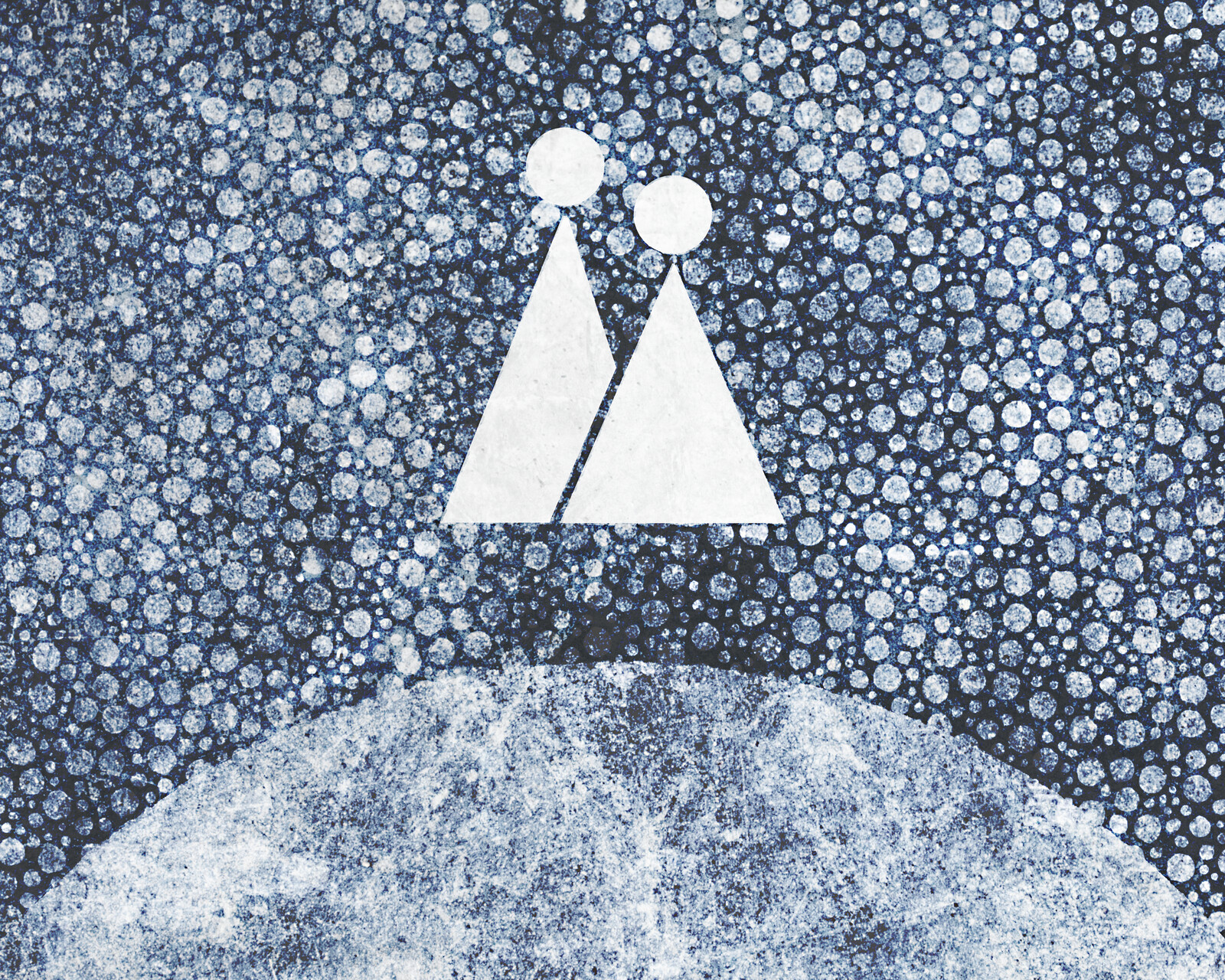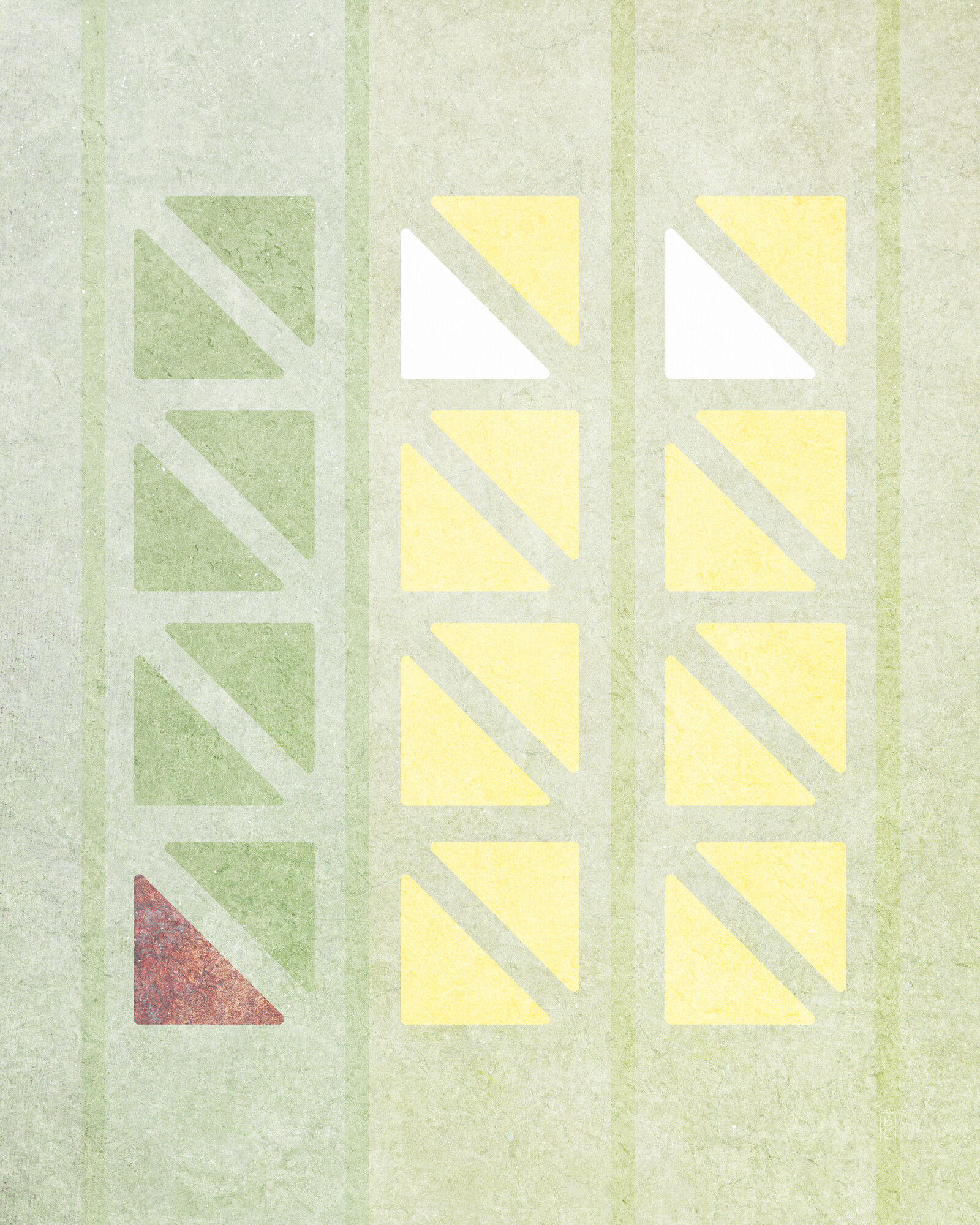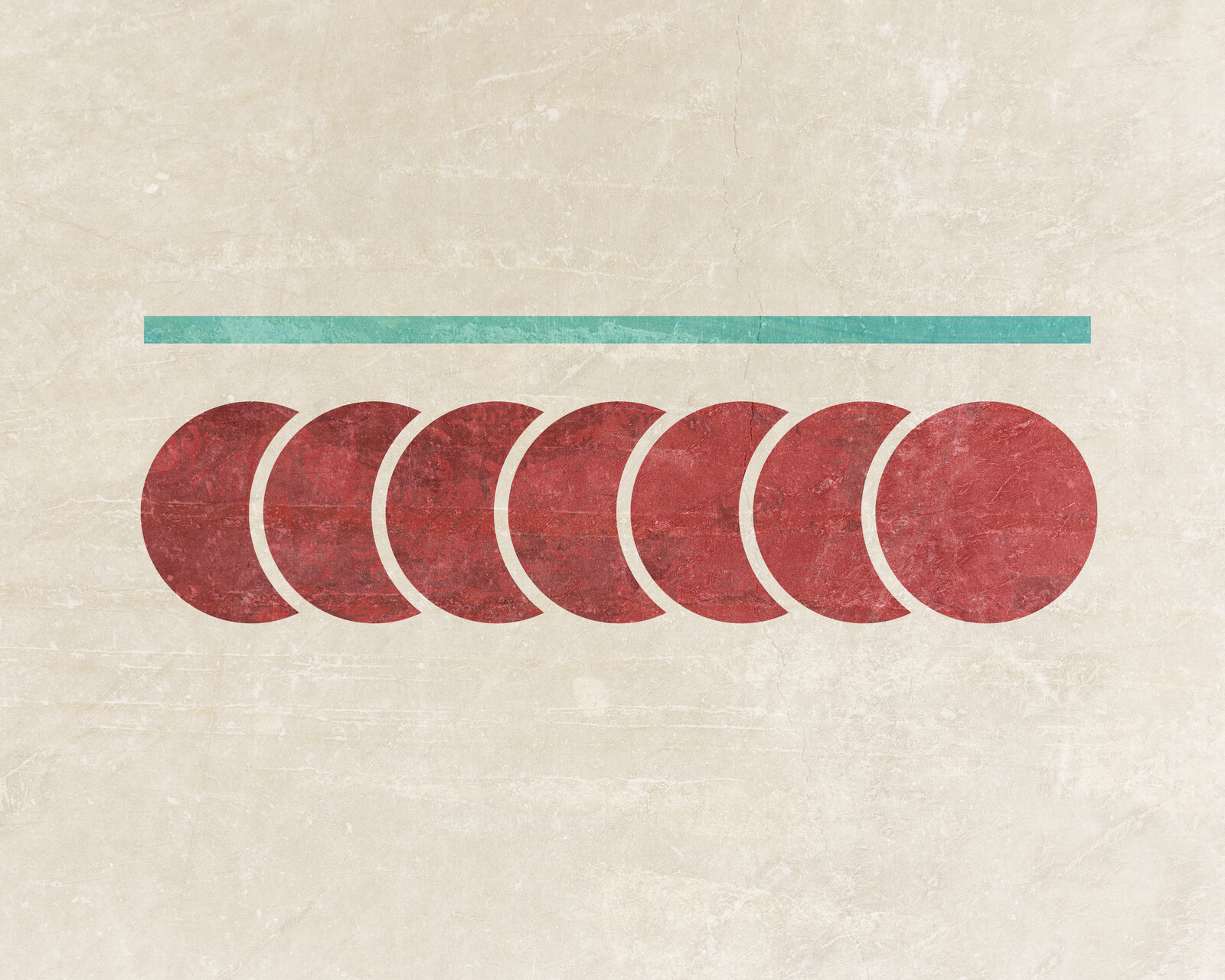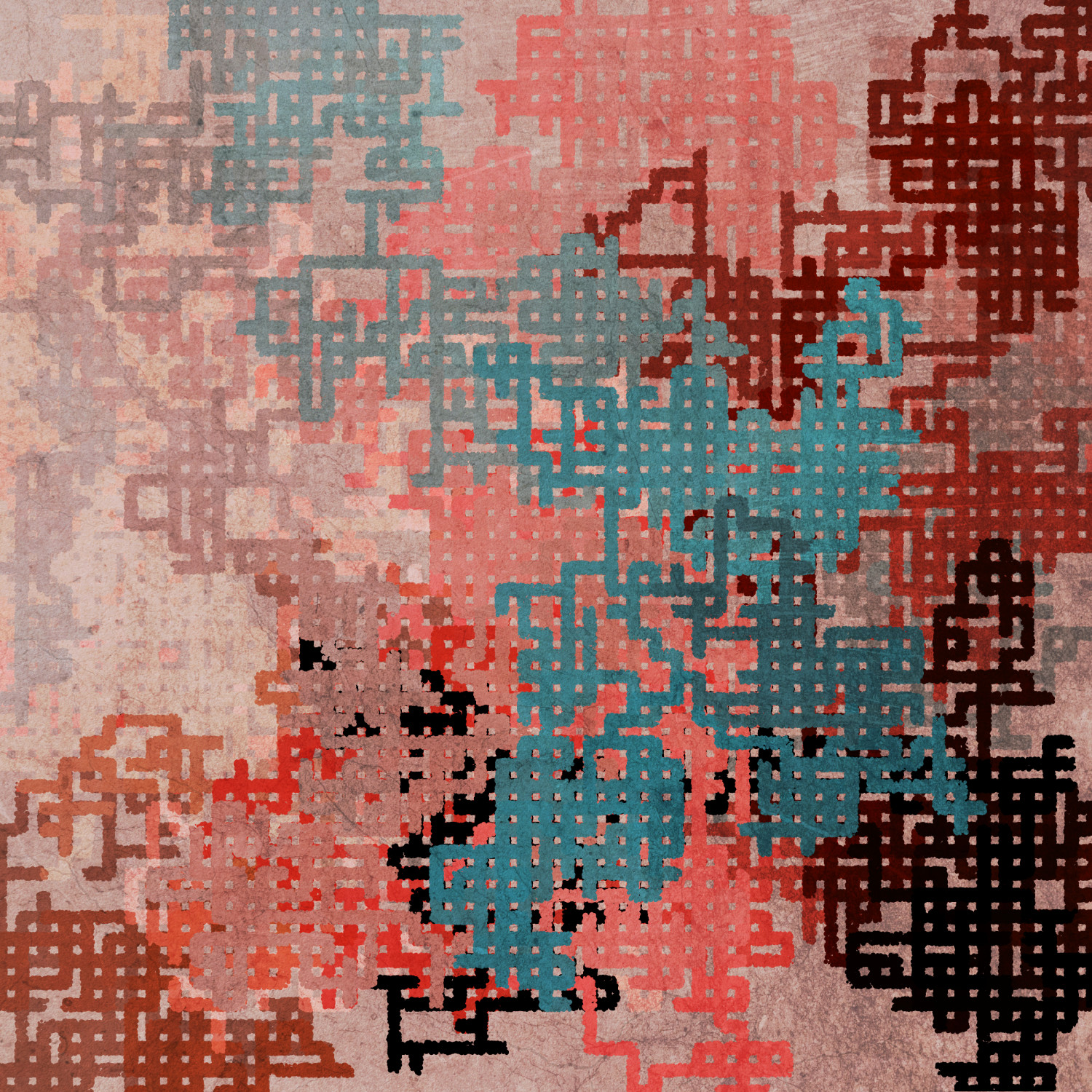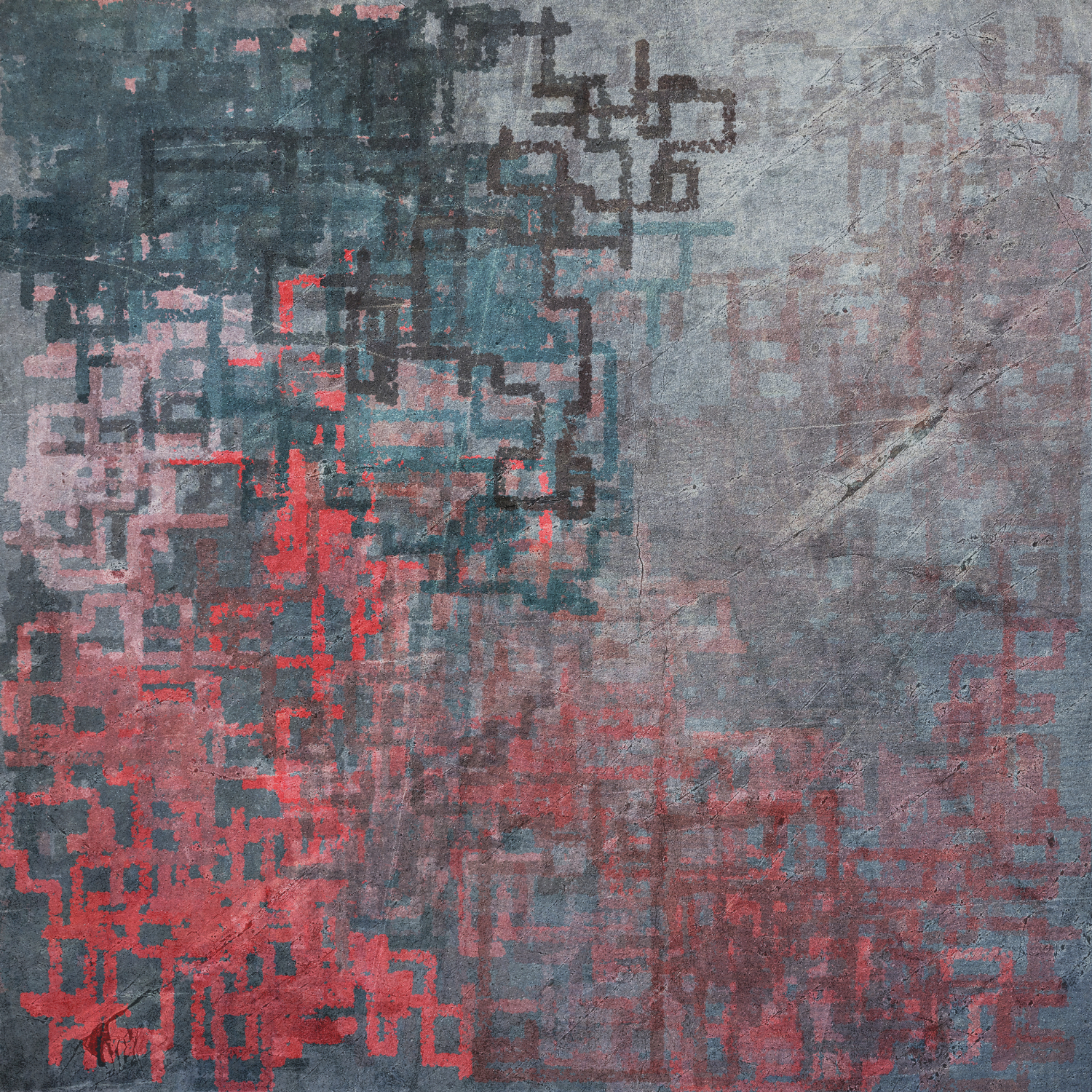Welcome to Prints volume 1, issue 3.
Table of contents: Reading • Watching • Making • Links • Thoughts
Reading
Typos in books used to bother me a lot. They don’t anymore. (Unless it’s an utter avalanche of them.) Still can’t read books with bad typography, though. Relatedly, I’ve begun reading physical books again, for typographic variety.
I used to like thrillers with secret conspiracies making for amazing plot twists. Now, though, I see how a conspiracies-behind-everything worldview can really mess people up, with dire ramifications for society. Seems like at least some of that worldview stems from stories about conspiracies. I have no evidence for this assertion — it’s just an idle thought — but to me it feels compelling enough that I feel uncomfortable reading conspiracy thrillers even though my story-eating brain loves those tasty plot twists.
One of the delights of having loads and loads of books in your house is forgetting you have some of them and rediscovering them later.
Lately I’ve been thinking about books as software updates for my brain, a way to inject a load of training data into my neural net. (I think I’ve mentioned that before. It’s still something I’m thinking about.)
Recent reads
Nonfiction:
- Jordan Mechner’s The Making of Prince of Persia journals, 1985 – 1993. (I have a thing for makings-of.) Interesting to see what’s changed since the ’80s and what hasn’t.
- Anthony DePalma’s The Cubans, about life in Cuba since Castro took power. My grandfather was born in Cuba. While he left around ten years before the revolution, I still have cousins living there. The conditions are not great. The sinking of the 13 de Marzo was horrifying. This book, though, was really good.
- Eric Gill’s An Essay on Typography. There’s a fair amount of social commentary here, which I bounced off of the first time I tried to read this, years ago. Now, though, the critique of industrialism resonated with me. Some strong typographic opinions here, too. More and more I’m of the mind that even word spacing is more important than an even edge, so ragged right is probably the future for any books I typeset going forward. This book was set in Gill’s Joanna, and I was intrigued by the left single quote (riding low at x-height) and the running heads (italic lowercase with Roman initial caps, which was how italics were used long ago but you don’t see it much these days) (also, this book was published in the 1930s). While reading this I kept itching to run to my laptop and design some type. Gave in a couple times.
- John Boardley’s Typographic Firsts: Adventures in Early Printing (the edition that just barely came out). It’s all about innovations in printing — the first printed books, first time printing in gold, first printer’s marks, first time printing music, etc. Right up my alley. Things I learned, in no particular order:
- Blockbooks are a thing (using woodcuts for the text as well as any decorations or illustrations).
- The word miniature comes from minium, the Latin name for a red form of lead oxide.
- The shape of T-O (orbis terrarum maps). I think I may have seen this before but had totally forgotten about it.
- Loved the conical-projection Ptolemaic map from the Nuremberg Chronicle, though I’m not sure why.
- The atlas was named by Mercator after a Mauritanian king, not the Greek Titan.
- Criss-cross comes from Christ-cross. (Which seems blindingly obvious in hindsight.)
Fiction:
- Martha Wells’ Exit Strategy, novella, fourth in the Murderbot series. Enjoyed it. (This was after bailing on two other novels after reading around 400 pages across them both, so it was nice to come back to a comfort read.) Looking forward to reading Network Effect.
- P. Djèlí Clark’s Ring Shout. Also a novella, one that felt as substantial as a novel. It’s about hunting down monsters that are disguised as Ku Klux Klan members, and wow, I really liked it. More fantasy like this, please.
Books acquired since last issue
- Factory Girls: From Village to City in a Changing China — Leslie T. Chang
- What Can a Body Do?: How We Meet the Built World — Sara Hendren
- Embassytown — China Miéville
- Merchants of Culture: The Publishing Business in the Twenty-First Century — John B. Thompson
- How Music Got Free: A Story of Obsession and Invention — Stephen Richard Witt
- Game Over: How Nintendo Conquered The World — David Sheff
- Inside the Kingdom: Kings, Clerics, Modernists, Terrorists, and the Struggle for Saudi Arabia — Robert Lacey
- The End of Poverty: Economic Possibilities for Our Time — Jeffrey D. Sachs
- The Tudors: The Complete Story of England’s Most Notorious Dynasty — G. J. Meyer
- The World in a Grain: The Story of Sand and How It Transformed Civilization — Vince Beiser
- Magna Carta: The Birth of Liberty — Dan Jones
- Bible and Sword: England and Palestine from the Bronze Age to Balfour — Barbara W. Tuchman
- Where Good Ideas Come From — Steven Johnson
- Golden Gates: The Housing Crisis and a Reckoning for the American Dream — Conor Dougherty
- The Fatal Shore: The Epic of Australia’s Founding — Robert Hughes
- Four Queens: The Provencal Sisters Who Ruled Europe — Nancy Goldstone
- Secrets: A Memoir of Vietnam and the Pentagon Papers — Daniel Ellsberg
- Mythology — Edith Hamilton
- How Money Became Dangerous: The Inside Story of Our Turbulent Relationship with Modern Finance — Christopher Varelas
- Autumn in the Heavenly Kingdom: China, the West, and the Epic Story of the Taiping Civil War — Stephen R. Platt
- Imperial Twilight: The Opium War and the End of China’s Last Golden Age — Stephen R. Platt
- The Art of Language Invention: From Horse-Lords to Dark Elves to Sand Worms, the Words Behind World-Building — David J. Peterson
- The Signal and the Noise: Why So Many Predictions Fail—But Some Don’t — Nate Silver
- The World: A Brief Introduction — Richard Haass
- Certain Dark Things — Silvia Moreno-Garcia
- The Crisis Years: Kennedy and Khrushchev, 1960–1963 — Michael R. Beschloss
- His Master’s Voice — Stanislaw Lem
- In the Land of Invented Languages: Esperanto Rock Stars, Klingon Poets, Loglan Lovers, and the Mad Dreamers Who Tried to Build A Perfect Language — Arika Okrent
- In the Camps: China’s High-Tech Penal Colony — Darren Byler
- Paradox Bound — Peter Clines
- No Filter: The Inside Story of Instagram — Sarah Frier
- Amazon Unbound: Jeff Bezos and the Invention of a Global Empire — Brad Stone
- The Body: A Guide for Occupants — Bill Bryson
- Mapping the Heavens: The Radical Scientific Ideas That Reveal the Cosmos — Priyamvada Natarajan
- My Stroke of Insight: A Brain Scientist’s Personal Journey — Jill Bolte Taylor
- Kennedy and Roosevelt: The Uneasy Alliance — Michael R. Beschloss
Wordhoard
Words I’ve come across lately:
- jointure
- donnybrook
- banditti
- sus
- hopepunk
- chrysography
- neume
Unicode corner
An experimental new section, where I a) read part of the Unicode spec and b) jabber about it to y’all. Years ago I read the first few chapters and generally enjoyed it, and I like the intersection of tech, type, and languages, so here we go.
Decided to start with chapter 21, on notation systems. I’ll only talk about the points I found interesting.
Unicode doesn’t specify physical dimensions for Braille, which makes me wonder how many different standard sizes of Braille there are, and whether large-print Braille would be easier to read or harder/slower. (From some cursory research it looks like each country might have its own size standard, but international Braille is a thing so maybe sizes are more uniform.)
I didn’t know Common Musical Notation (CMN) was the name for what I think of as standard Western music notation. The Unicode characters for music are focused on inline use (which makes sense), so there’s no pitch encoding. Nice use of combining characters, though of course there is a small set of precomposed characters as well. Also interesting that the accidentals are in a different block — I ran into that with Coptic, which re-uses characters from the Greek block. Apparently RTL music at least some of the time mirrors the clef sign — but not the note heads. Ties and slurs and such are encoded with just beginning and ending markers, which makes sense because ties and slurs and such have variable length. I’m less familiar with the 18th-century ornamentation but it looked interesting.
Watching
Just BYU volleyball, both women’s (last season) and men’s (this current season). I haven’t seen Tenet yet but want to.
Making
Minor epiphany this past week: for me to care about a project I’m working on, it has to feel innovative in at least some small way. While I don’t know that I want innovation to be the sole lens I look at my work through, it matters enough that I need to make sure I account for it going forward. (By consciously acknowledging what the innovation is on each project, that is, and culling the projects where I can’t come up with anything new.)
I haven’t done a good job at bringing innovation into my writing, however, and I suspect that’s one of the reasons I’ve struggled to produce much there. Still thinking through what might work for that. I should add, by the way, that it doesn’t have to actually be innovative in the world, it just has to be something I personally haven’t seen before.
Reading about printer’s marks in Typographic Firsts made me realize I hadn’t said anything on here about my initial attempt at a publisher’s mark, used on the title page of my recent Historia Calamitatum edition. It’s nothing special, and I suspect I’ll rework it soon, but it was fun to make. (By the way, it wasn’t technically an initial attempt. I’ve used a couple other publisher’s marks in the past, back when I was making books under my Riverglen Press and Quillfire Studios imprints.)
Current projects
Salviana (working title): Figured out who the narrator needs to be and got the outline finalized enough to start drafting. With the voice change, it made more sense to start from scratch (though I hate doing that, which is why I want to get good at outlining). Five pages written so far, and it’s going well. I need to resurrect that create-before-consume idea (already abandoned! I like reading!) to put more time in on this, though, because it’s slow going when I only spend a few minutes a day on it.
Charts: Haven’t done anything here yet. Still thinking about making that Latin ending lookup chart, though I worry it might always be incomplete enough that it wouldn’t be useful. (I’ve also been out of the Latin-study frame of mind for a long time.)
Marks: The main update here is that I’m now seeing this as a DSL not only for purely generative art, but also as a DSL for modifying input paths — e.g., pass in an SVG or a font glyph, modify it, and then re-export it. A slightly more concrete example: take in a font glyph, split its paths into small segments of equal length, move each segment’s start point along its normal (out if it’s odd numbered, in if it’s even), and union random small circles to it along the way as well. This all comes from my interest in making digital things look analog. Also, as far as going with a DSL instead of a library in a general-purpose language: while a DSL might not be able to do everything a general-purpose language can do, it can make certain tasks easier; and you can always use a general-purpose language to create the DSL code. Anyway, I’m still writing up explorations for how this Marks language should work. Nothing worth showing yet.
Bend: Still slow progress here, haven’t spent much time on it. Decided to decouple cursor movement from moving the current selection. I need to come up with more user stories to guide the language design.
Hinterlight: I’ve done a couple of revision passes. Type design is still hard, and I still haven’t produced anything I’m happy with, but I think I’m getting a little bit better at making curves look smooth and not janky. (I need to look at existing fonts in FontForge to see how their curves are set up. That should help.) The new proof setup (Paged.js to generate, iPad to proof) is nice. FYI, my focus with Hinterlight has been to design a typeface that looks like it’s been printed with traditional processes — ink spread, rounded, less sharp and clear, more in the vein of the IM Fell fonts. But I’m starting to think it might be better/easier to design a digital font and then use Marks to modify it to get the look I want. Still deciding. Also, I’ve been running into posture-based neck pain issues both with proofing and with the type design work itself. Need to figure that out.
Journal PDFs: I added Paged.js to my Leaf journal app so I can easily export annual journal PDFs for any of the years I have journals for. It’s working fairly nicely, except that sometimes the last line on a page will disappear. I haven’t managed to figure out yet if it’s Paged.js or Chrome dropping the line, but either way, it’s problematic. (There was a similar issue related to hyphenated final lines, with a fix in the comments, but this one is still unsolved for me.)
Morte d’Arthur. I’m planning to make a Middle English edition of Malory’s Morte, for fun. If I can figure out the Paged.js issue I may do a PDF, but at this point I’m leaning toward doing just an EPUB. Originally I was going to first write Caxton, a shiny new replacement for my md2epub script, but I realized that md2epub works fine and I don’t actually have a real need to replace it. (I’ve thought about using pandoc instead, but the same principle applies.)
Andrew Lang’s Green Fairy Book, to go along with the first two books in the series. This’ll just be EPUB. (Getting Kindle books to look good outside of Amazon’s enhanced typesetting ecosystem is a losing battle, so I’ve given up on that.) Also, I’m looking at Green and Morte as a way to figure out better, more sustainable ways for me to make books — avoiding RSI, mainly. This will probably take the form of a text processing DSL ala Fledge, possibly with a more verbose and more user-friendly replacement for regular expressions.
Projects I’ll probably never do
- A self-contained wireless plotter, basically a DIY Logo turtle. Probably with a Raspberry Pi Zero W running it. Maybe with Legos for the chassis and motors. An arm to hold the pen, and some kind of DSL to control the movement.
- Paper speaker (copper tape) that can somehow read its audio data from printed marks on the same sheet of paper. (No idea how this would actually work.)
Links
Ploum on a computer built to last fifty years. I like the offline-first idea, and the peer-to-peer idea is intriguing.
Steve Lord on the hundred-year computer. Similar idea. Permacomputing is my jam.
Collapse OS. Even if an apocalypse like this never happens, these projects fascinate me.
The Manager’s Handbook on giving feedback. Good suggestions.
SimulaVR on why VR computers are better than PCs/laptops. Whether it’s AR or VR, something in this vein feels like the future and I want it.
Matt Webb on social gradients. This was good. I need to read A Pattern Language, too.
Joe Pinsker on not apologizing for being slow to respond. Food for thought.
Tracy Durnell on writing metrics. I think she’s on to something.
Lincoln Michel on writing the right words, not the most words. Also good.
Lincoln Michel on the plotting vs pantsing false dichotomy. Useful.
Charles Brooks’ photos from inside musical instruments. Lovely and a little haunting.
Tom Watson’s wiki trivia game was fun.
Brian Potter on why skyscrapers are so short. I don’t know that I agree with him that we should build taller, but I’m also super afraid of heights.
Natashah Hitti on the Norimaki taste synthesizer. I’m assuming at some point I’ll have to mute smells on Zoom calls.
Ryo Tada’s Fulu project, a haptic fingernail. I’m still not entirely sure how it works, but it looks interesting.
Alise Fisher on the Webb telescope arriving successfully at L2. Yay!
Janelle Shane with some New Year’s resolutions generated by AI. These are great.
Jason Fried on presence indicators in apps like Slack. Agreed. After reading this, I set my Slack status at work to always be away (with my manager’s blessing and with letting my team know).
Lincoln Michel on why you need to read fiction to write fiction. Yup.
Max Böck on making free stuff (on the web). I am clearly in favor of this. Sidenote: I am becoming less and less of a capitalist as I grow older.
Merriam-Webster on what ‘sus’ means. I haven’t heard it in the wild yet but I’m looking forward to!
Paul Karasik on studying something you love in depth. This is good.
Thoughts
I made Siri fast on my phone again (it had gotten incredibly slow) by turning off content suggestions. Also sped up the Reminders app by turning it off in iCloud and back on again, and moving all my items to a new list.
I totally forgot about macOS Monterey and still haven’t upgraded yet. I used to be a day-one adopter on these OS upgrades but in recent years I’ve gotten burned too many times. Still trying to decide if I want to chance it.
Some of the career paths I wish I could have tried in addition to the one I have, in no particular order: writer, editor, journalist, graphic designer, illustrator, 3D animator, artist, typesetter, lawyer, professor, detective, private investigator, architect, city planner, publisher, think tank researcher, archaeologist, anthropologist, physicist, biologist, geologist, astronomer, civil engineer, mechanical engineer, electrical engineer, aerospace engineer, materials engineer, roboticist, cartographer, lexicographer, set designer, technical writer, carpenter, blacksmith, sculptor, geographer, historian, baker, tailor, potter.
When I see other people behaving badly, I now tend to think of them as having gotten their mental software into a glitchy state. I don’t yet know all the ramifications of thinking about people this way, or whether I’ll continue with it, but one advantage I’m finding is that it dissociates the behavior from the person. (When I say state, I’m thinking of software state while a program is running — temporary and not innate. And yes, rebooting humans is harder.)
For my website, I’m now leaning toward sticking with my Linode instead of moving everything to Render. Running my own VPS is more hassle, sure, but it feels more indie to me…and apparently that matters. I do plan to start over soon with a new Linode where I can keep on top of upgrades more regularly, though.
